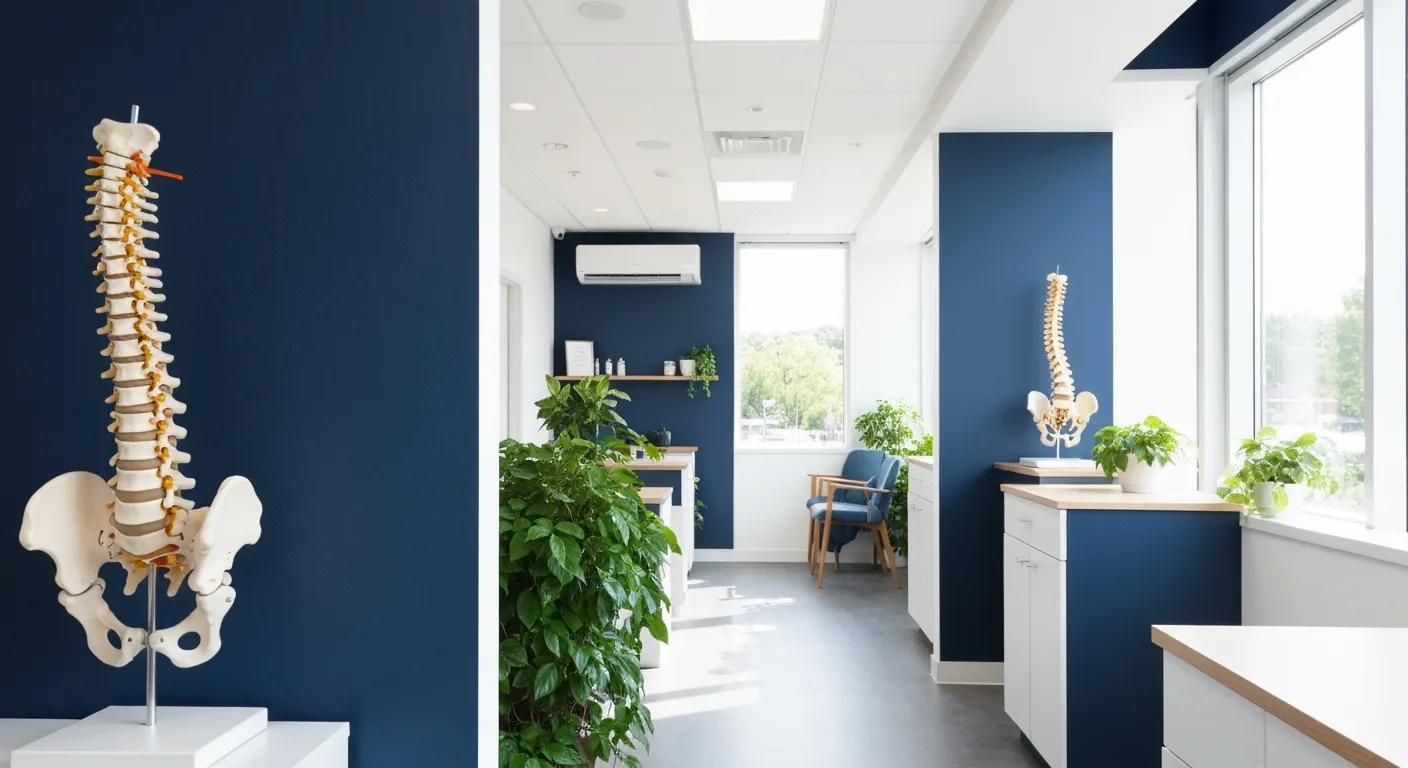How Consistent Bodywork Can Improve Your Quality of Life
August 5, 2025
9 min
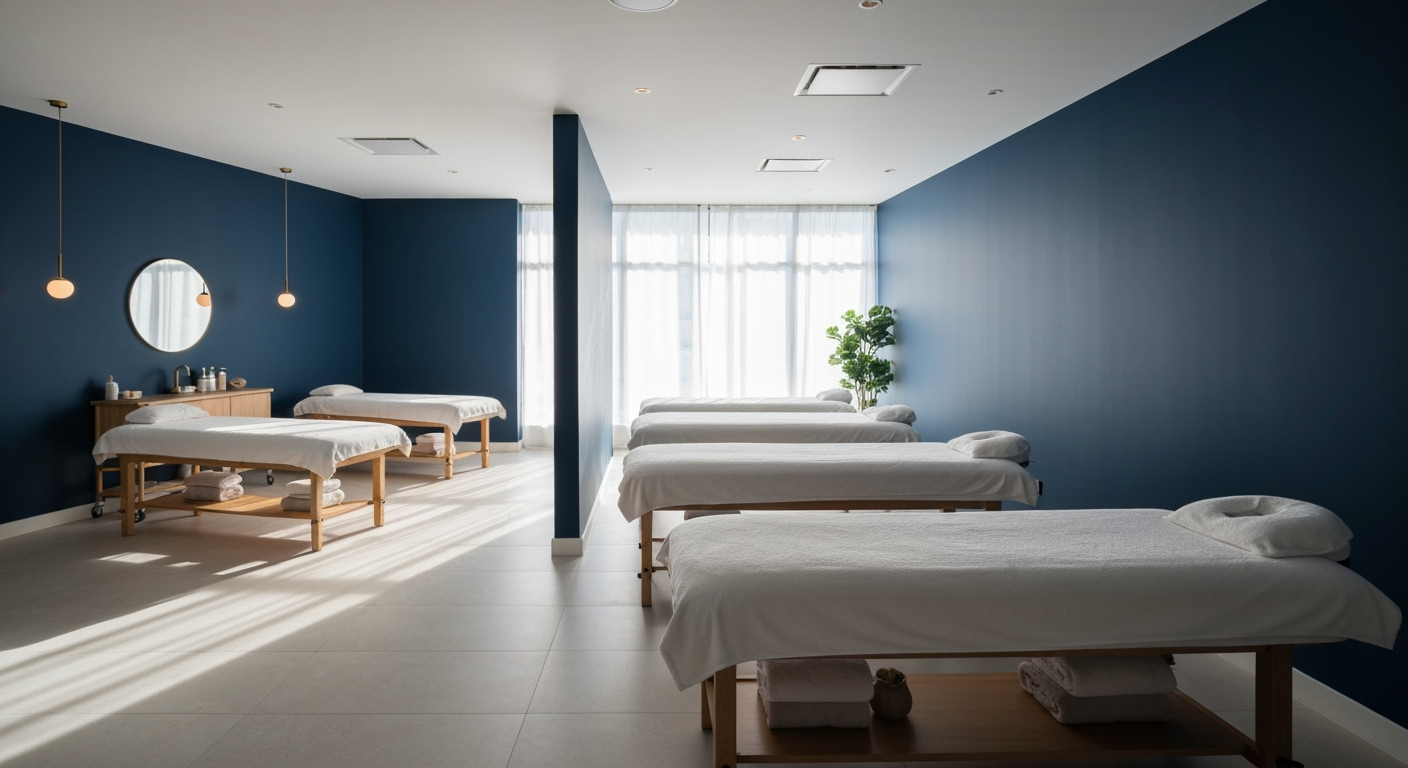
Introduction to Bodywork and Its Impact on Life Quality
Bodywork, encompassing practices such as massage therapy, physical therapy, yoga, and structural integration, offers a holistic approach to enhancing physical, emotional, and mental well-being. Regular engagement with bodywork can provide significant health benefits, ranging from pain relief and improved posture to stress reduction and enhanced immune function. This article explores how consistent bodywork can notably improve your quality of life by addressing both immediate discomforts and supporting long-term wellness.
The Multifaceted Benefits of Regular Massage Therapy

What are the benefits of consistent massage therapy on overall health and well-being?
Consistent massage therapy provides a wide array of health advantages that go beyond simple relaxation. Physically, regular sessions help improve circulation, reduce muscle tension, and decrease joint inflammation, which enhances flexibility and eases pain and soreness.
Mentally, massage therapy plays a significant role in reducing stress, anxiety, and symptoms of depression. It boosts mood and energy levels by increasing the release of neurotransmitters like serotonin and dopamine, while lowering cortisol levels, the hormone linked to stress.
Sleep quality also benefits from massage, as it calms the nervous system and promotes deeper, more restorative sleep patterns.
Beyond these, massage supports immune system function by activating natural killer T cells, helping the body fight viruses and infections.
It is particularly effective in aiding recovery from injuries or illnesses, making it valuable for those with chronic conditions like fibromyalgia, osteoarthritis, or undergoing cancer treatment.
Physical performance and mobility see improvements through enhanced flexibility and decreased muscle stiffness, important for athletes and active individuals.
Overall, weaving massage therapy into a regular health routine fosters both physical resilience and mental well-being, contributing to a balanced, healthy lifestyle.
| Aspect | Benefits | Additional Notes |
|---|---|---|
| Physical health | Improved circulation, reduced muscle tension, better joint health | Supports recovery, reduces chronic pain |
| Mental health | Lowered stress, anxiety, depression | Enhances mood and relaxation |
| Sleep | Better sleep quality, deeper rest | Calms nervous system |
| Immune function | Increased activity of natural killer T cells | Boosts virus resistance |
| Recovery & performance | Reduced injury risk, increased flexibility | Supports athletic and daily activity |
Long-term engagement in massage therapy encourages sustained health improvements, making it a valuable component of holistic wellness practices.
How Regular Massage Therapy Strengthens the Immune System

How does regular massage therapy improve the immune system?
Regular massage therapy offers multiple benefits that can enhance the body's natural defenses. One of the primary ways it supports immune health is through improving circulation and stimulating the lymphatic system. Better blood flow ensures that immune cells, nutrients, and oxygen reach tissues efficiently, while waste products are removed more effectively, keeping the immune system functioning optimally.
Studies have indicated that massage can elevate lymphocyte levels, which are crucial white blood cells involved in fighting infections. An increase in lymphocytes helps the body detect and respond to harmful pathogens more quickly.
Moreover, massage significantly reduces stress by lowering cortisol and other stress-related hormones. Elevated stress hormones are known to suppress immune responses, so their reduction through massage can bolster immune activity.
Massages also influence cytokine production and neuroendocrine hormones that regulate immune functions. These biochemical changes help maintain immune balance, making the body more resilient against illnesses.
In summary, regular massage therapy combines improved circulation, enhanced lymphatic flow, hormonal regulation, and stress reduction, all of which work together to strengthen the immune system and improve overall health.
Finding Your Ideal Bodywork Routine for Lasting Benefits
How often should one practice massage or other bodywork therapies to achieve optimal health benefits?
The frequency of bodywork sessions such as massage, acupuncture, or chiropractic adjustments depends on individual health needs, lifestyle, and specific goals. For acute issues like pain relief or injury recovery, more frequent sessions may be necessary—sometimes weekly or even every few days. For example, individuals dealing with chronic back pain might benefit from ongoing weekly treatments to manage symptoms effectively.
For stress reduction and general relaxation, many people prefer less frequent sessions, such as once a month or bi-weekly, to sustain mood and stress levels. Consistency over time is vital; the benefits tend to accumulate with regular care. Regular sessions help in maintaining proper muscle flexibility, reducing tension, and supporting overall physical and mental health.
Since everyone's circumstances are unique, consulting with licensed practitioners such as massage therapists or healthcare providers is essential. They can assess your needs and recommend a schedule tailored to your health conditions, lifestyle, and wellness goals. Establishing a routine that fits your schedule ensures sustainable benefits and enhances your overall well-being.
To summarize, the optimal frequency is flexible:
| Goal | Typical Frequency | Explanation |
|---|---|---|
| Pain management | Weekly to bi-weekly | Especially effective for chronic pain or injury recovery |
| Stress relief | Monthly or bi-weekly | Helps maintain mental calmness and emotional balance |
| General wellness | Once a month | Supports ongoing relaxation and physical health |
| Severe or acute issues | Multiple sessions per week | Short-term intensive treatment for specific conditions |
By personalizing your routine, you can maximize the health benefits while fitting your schedule and needs, promoting long-term well-being.
Scientific Evidence Supporting the Therapeutic Effects of Bodywork
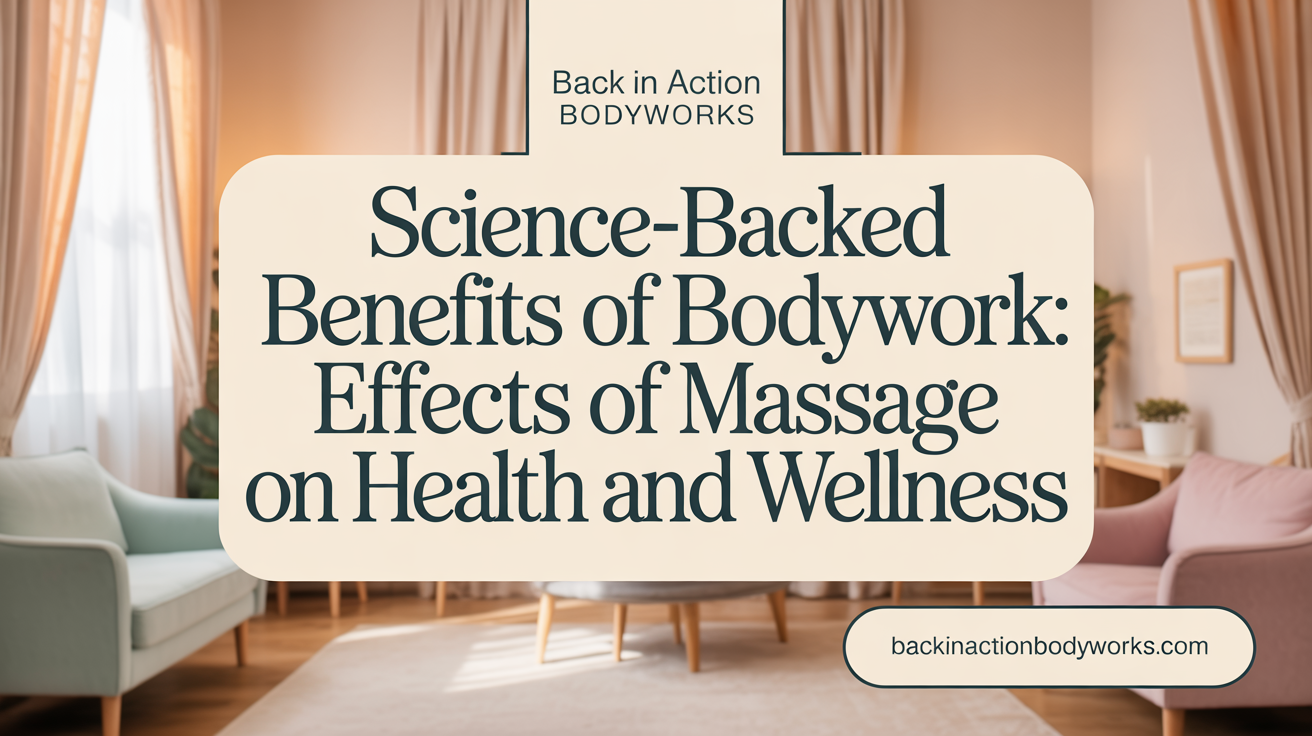 Research on short- and long-term massage benefits
Research on short- and long-term massage benefits
Various studies indicate that massage therapy offers notable short-term relief for conditions such as low-back pain, neck and shoulder pain, and osteoarthritis, especially in the knee. For example, some evidence suggests that massage can reduce the intensity of lower back pain and provide temporary improvements in mobility and pain relief. However, regarding long-term benefits, scientific data remains limited.
Effectiveness for chronic pain and specific conditions
Massage therapy can effectively alleviate chronic pain caused by conditions like arthritis, fibromyalgia, and back problems. Regular sessions help reduce muscle tension, improve blood flow, and stimulate the release of endorphins, which are natural painkillers. Additionally, massage supports mental health by reducing symptoms of anxiety and depression, which are often linked with chronic pain issues. It is particularly beneficial when integrated into comprehensive pain management programs.
Mental health improvements through bodywork
Beyond physical benefits, massage therapy has a positive impact on mental well-being. It triggers the release of endorphins and reduces cortisol levels, hormones associated with stress. This physiological response promotes relaxation, enhances mood, and may decrease symptoms of anxiety and depression. Regular bodywork—especially over several weeks—can build resilience against stress, improve sleep, and foster overall mental clarity and emotional balance.
Limitations and areas for future study
While the immediate and short-term benefits of massage are well-documented, the long-term effects require further research. Most existing studies suggest that the benefits tend to be transient unless therapy is maintained regularly. More high-quality, longitudinal studies are needed to establish definitive evidence of sustained advantages. Future research should also explore optimal treatment durations, frequency, and specific modalities tailored for different health conditions.
| Topic | Evidence Level | Description | Additional Notes |
|---|---|---|---|
| Short-term pain relief | Strong | Effective for acute discomfort and minor chronic issues | Short-lasting improvements |
| Chronic pain management | Moderate to limited | Helps reduce pain in arthritis, fibromyalgia, back issues | Requires regular sessions |
| Mental health effects | Moderate | Decreases anxiety, depression, improves mood | Linked to hormone regulation and relaxation |
| Long-term benefits | Insufficient; needs more research | Potential for sustained health improvements, but evidence is inconclusive | Emphasizes need for high-quality studies |
Overall, bodywork practices like massage therapy hold promising benefits for both immediate relief and overall well-being. Yet, achieving lasting long-term effects remains an area ripe for further investigation. As more rigorous research develops, we can better understand how massage can be integrated into ongoing health routines for sustained benefits.
Integrating Bodywork into a Holistic Wellness Lifestyle
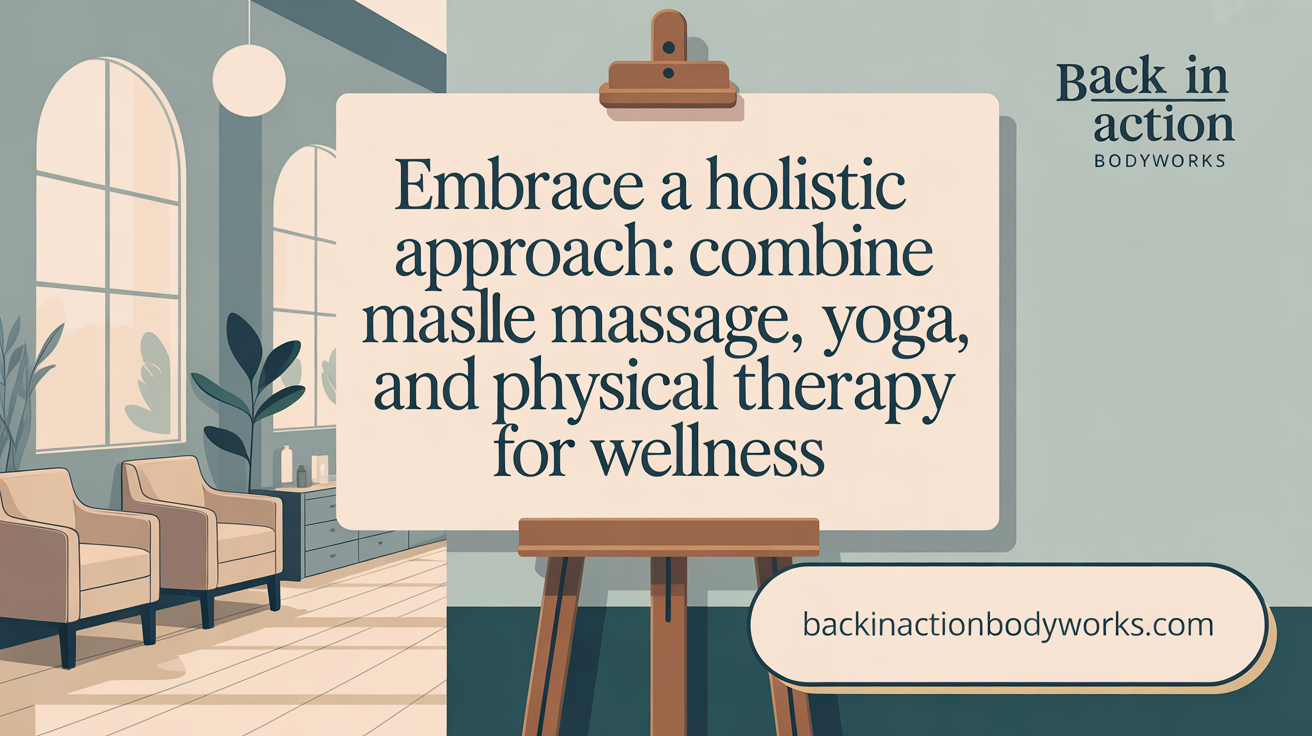
How can combining massage, yoga, and physical therapy enhance overall well-being?
Integrating various bodywork practices such as massage therapy, yoga, and physical therapy creates a comprehensive approach to health. Massage helps release muscle tension, reduce stress hormones, and improve circulation, providing immediate relaxation. Yoga complements this by enhancing muscular strength, flexibility, and respiratory function, which can reduce chronic aches and pains. Physical therapy specifically targets injury recovery, improves mobility, and strengthens the body against future issues.
When combined, these therapies work synergistically to support both physical and emotional health. Massage and yoga promote mental clarity and reduce anxiety, while physical therapy ensures functional movement and injury prevention. This holistic approach encourages a balanced body and mind, fostering resilience against daily stressors.
What are the benefits of a combined approach for physical and emotional health?
A routine that includes massage, yoga, and physical therapy can produce cumulative benefits. Regular massage therapy lowers cortisol levels and boosts mood-enhancing neurotransmitters like serotonin and dopamine. Yoga further enhances mental clarity, reduces depression, and improves sleep. Physical therapy contributes by strengthening muscles and addressing underlying imbalances that cause discomfort.
This combination can lead to improved mood, reduced anxiety, and a sense of calmness, which are vital for emotional well-being. The physiological effects are equally profound, including better circulation, increased flexibility, and enhanced immune function.
How does bodywork contribute to posture improvement and injury prevention?
Poor posture often results from muscle imbalances and tightness in certain areas. Bodywork techniques such as massage and myofascial release target these issues by relaxing tense muscles and realigning fascia, which helps restore proper posture.
Regular sessions help identify early signs of imbalance or strain, enabling timely intervention. Better posture reduces the risk of long-term spinal issues and injuries, especially for those with desk-bound jobs or athletes. Reinforcing correct posture through bodywork training supports injury prevention and optimizes body mechanics.
What practices support the benefits of bodywork?
In addition to regular massage, engaging in breathing techniques like deep inhalation and slow exhalation can amplify relaxation by calming the nervous system. Self-care practices such as stretching, staying well-hydrated, and taking relaxing baths complement professional treatments.
These practices bolster the effects of bodywork, maintain flexibility, and reduce muscle tension. When combined, they foster a sustainable wellness routine that promotes vitality, emotional stability, and physical resilience.
| Practice | Benefit | Supporting Detail |
|---|---|---|
| Massage | Relaxation, pain relief | Releases endorphins, lowers cortisol levels |
| Yoga | Flexibility, strength, stress reduction | Enhances circulation, respiratory health |
| Physical Therapy | Injury recovery, mobility | Addresses imbalances, prevents future issues |
| Breathing Techniques | Nervous system calming | Deep breathing activates parasympathetic response |
| Self-care | Muscle and joint health | Hydration, stretching, relaxing baths |
By weaving these therapies and practices into daily routines, individuals can achieve a more balanced, resilient, and healthier lifestyle.
Challenges and Considerations in Massage Therapy
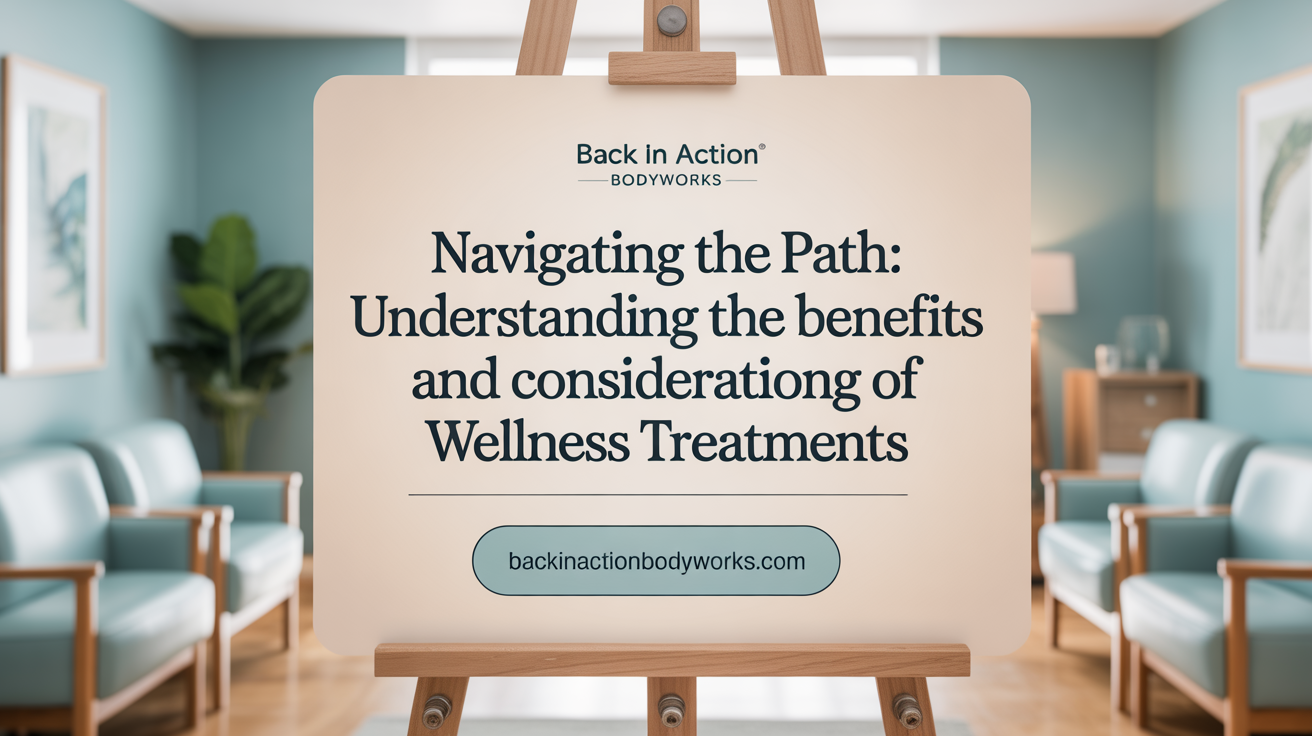
What are the pros and cons of massage therapy?
Massage therapy is renowned for its many health benefits, including enhanced blood flow, reduced muscle tension, improved sleep quality, and stress relief. It can also aid in pain reduction and promote overall relaxation, making it a popular choice for those seeking holistic health improvements. When performed by a licensed and skilled practitioner, massage is generally safe for people of all ages, provided pressure and techniques are tailored to individual needs.
However, the profession does have some challenges. Massage therapists often face physical strain due to the repetitive nature of their work, which can lead to injuries if proper body mechanics are not used. The career can also involve irregular hours and the need to build a steady client base, impacting income stability.
Furthermore, ongoing education is essential to stay current with techniques and ensure safe practice. Licensing and regulatory requirements can vary by region, sometimes demanding significant time and investment in training. Despite these hurdles, many practitioners find massage therapy to be a rewarding career that contributes positively to client well-being.
In summary, while massage therapy offers considerable health and personal benefits, it requires dedication, strategic business practices, and attention to practitioners' physical health to sustain a successful and fulfilling career.
Conclusion: Embracing Consistent Bodywork for a Healthier Life
Consistent engagement in bodywork, through modalities such as massage therapy, physical therapy, and yoga, presents a powerful route to enhancing overall health and quality of life. The cumulative benefits range from physical improvements like pain relief, better posture, and increased flexibility to mental health gains including stress reduction and improved mood. While individual needs dictate the optimal frequency of sessions, personalized routines developed with professional guidance ensure the best outcomes. Scientific research supports many of these effects, although further studies are needed to fully delineate long-term impacts. Integrating bodywork holistically with other wellness practices enriches physical and emotional resilience, making it a cornerstone of a balanced, healthful lifestyle. Awareness of therapy considerations ensures safe and effective experiences, empowering people to reap the full advantages of regular bodywork throughout life.
References
- How Bodywork Can Enhance Your Physical and Mental Health
- Massage Therapy for Health: What the Science Says | NCCIH
- The Benefits of Regular Massage: Why Consistency is Key
- Top 5 Health Benefits of Regular Massage Therapy
- Easing Chronic Tension: How Bodywork Can Help You Unwind and ...
- How Massage Therapy Can Improve Your Quality of Life
- Massage Can Improve Health and Wellness - AMTA
Recent articles
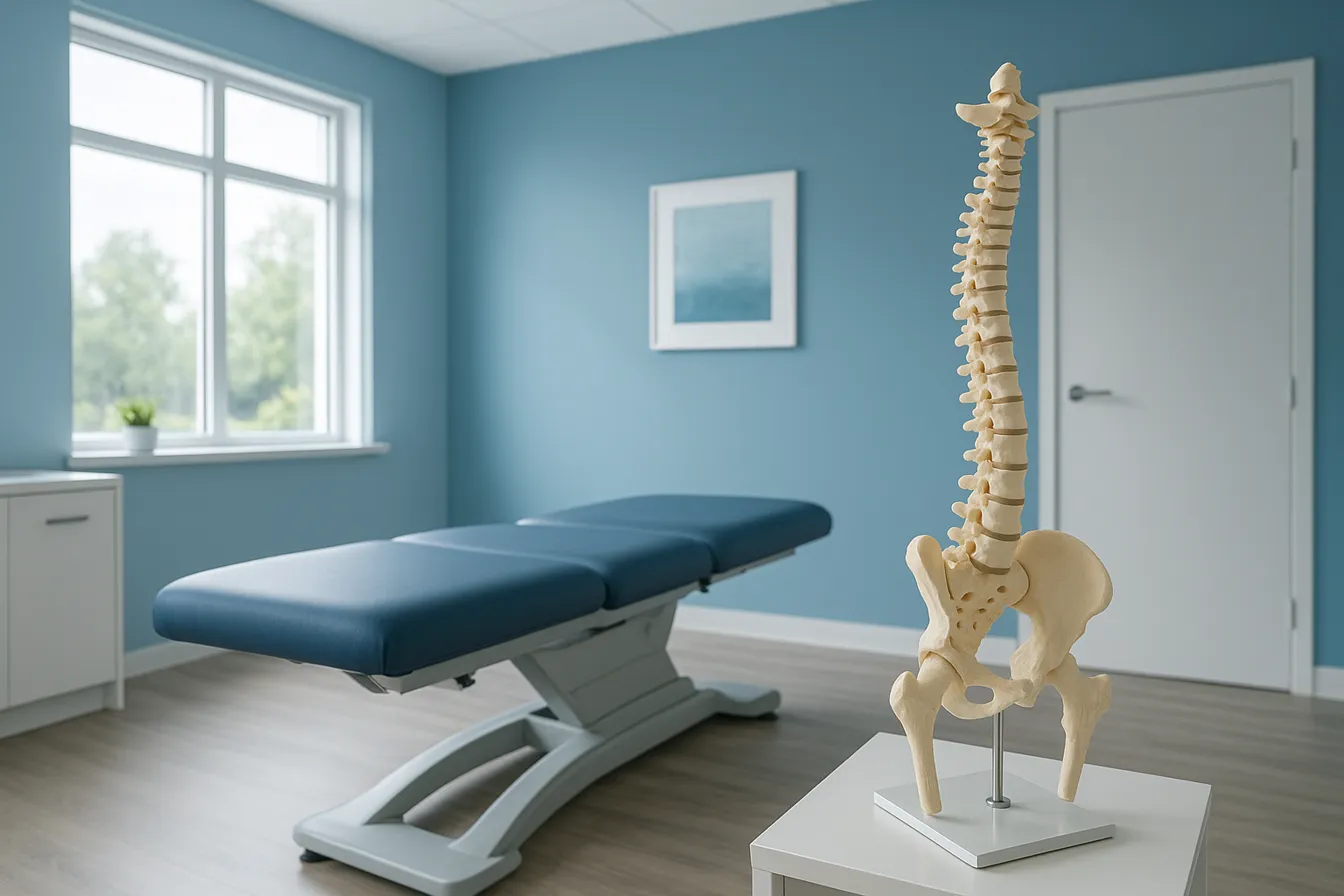
Chiropractic Care: Key Benefits for Managing and Preventing Back Pain
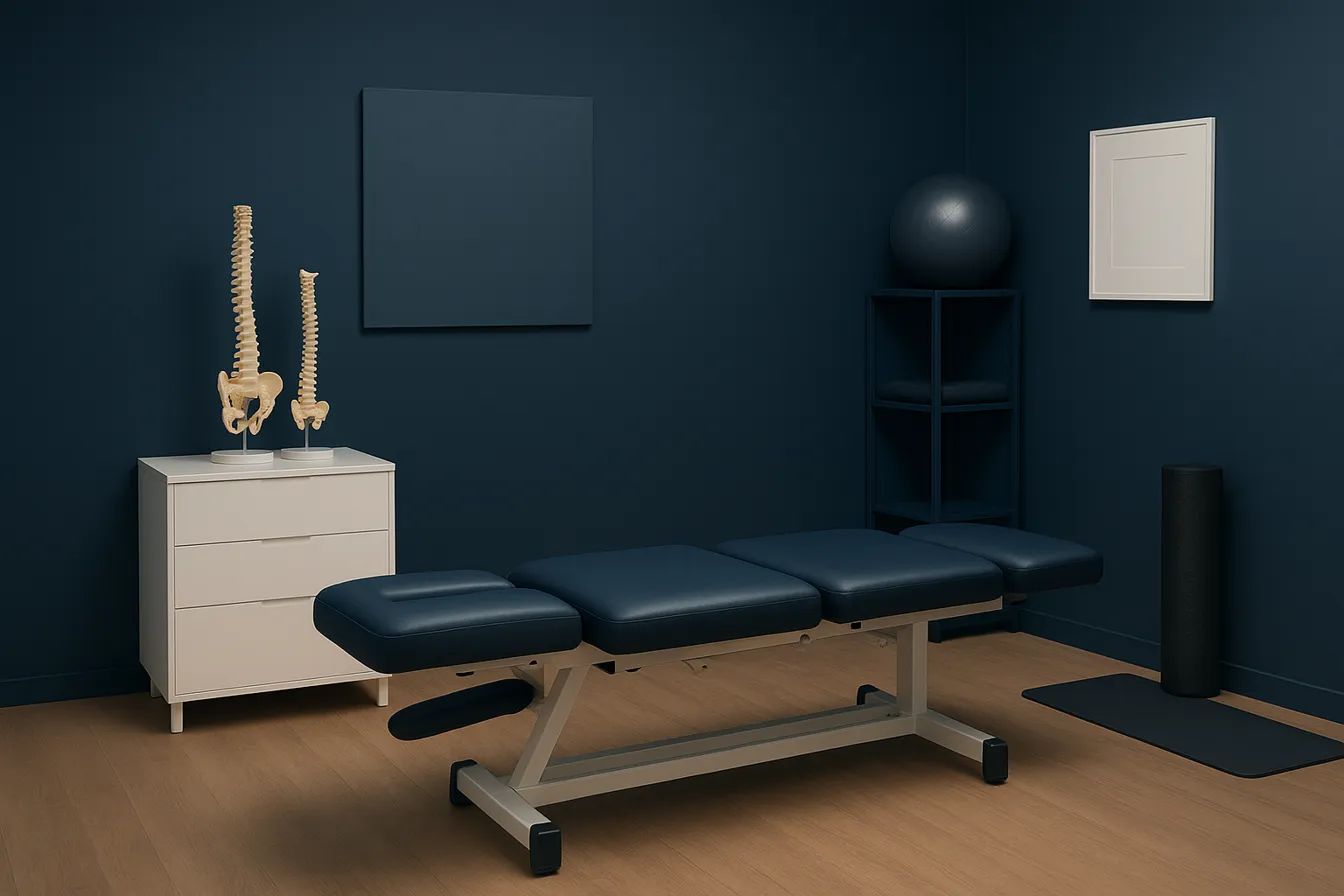
Corrective Exercises That Support Long-Term Relief from Sciatica
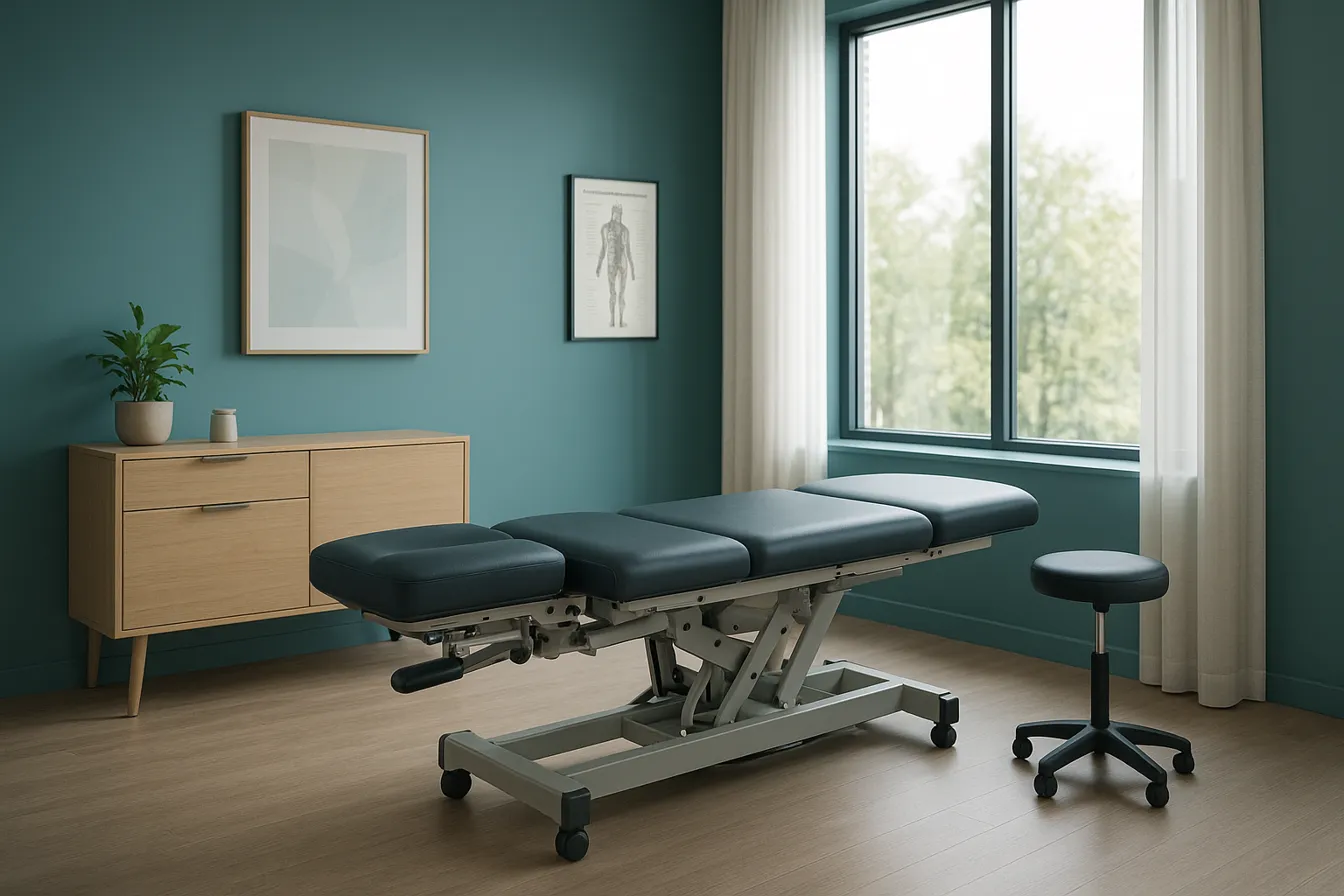
Chiropractic Methods That Provide Lasting Relief from Back Pain
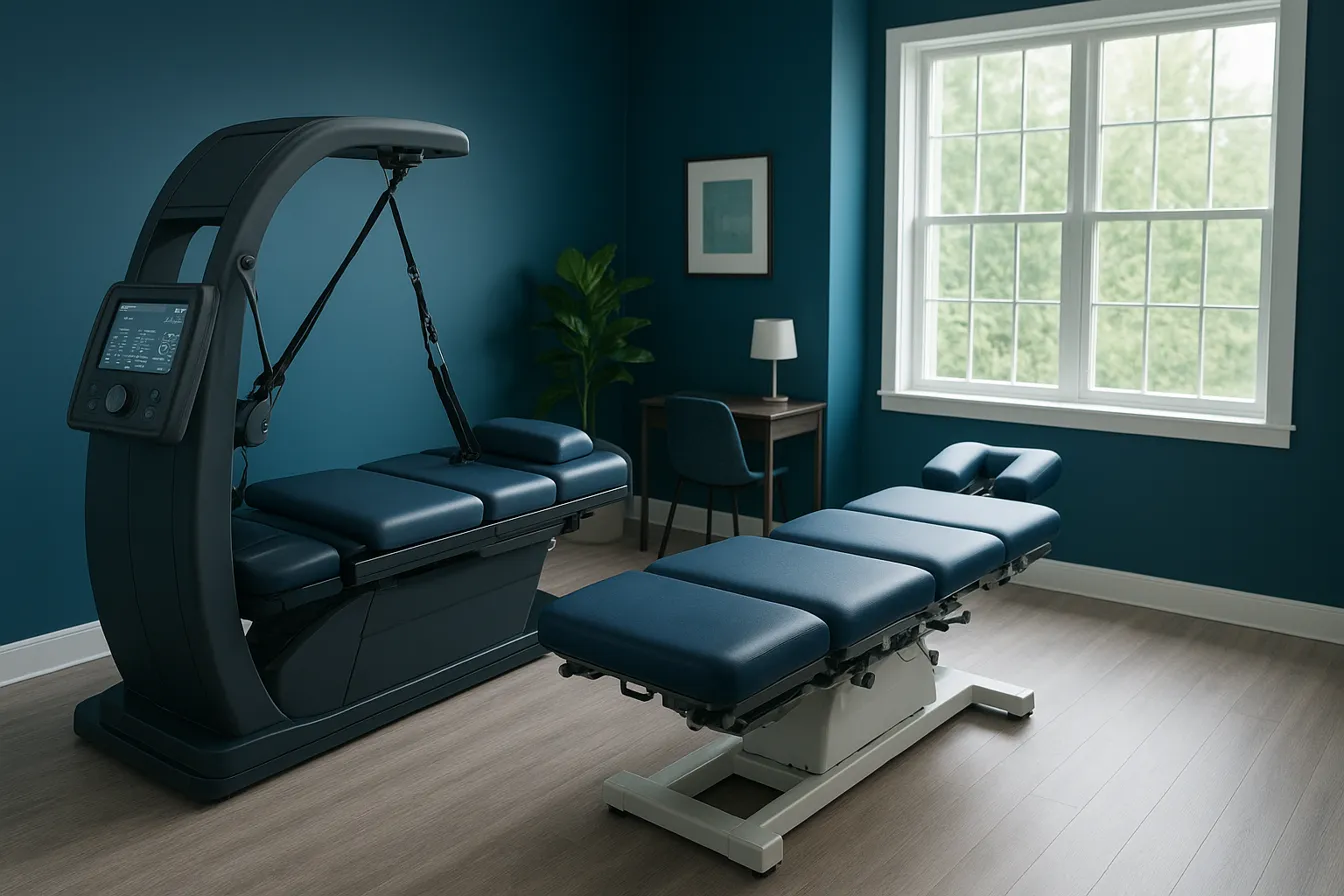
Understanding Spinal Decompression and Its Benefits for Sciatica

Real Patient Testimonials: Success Stories in Chiropractic Care
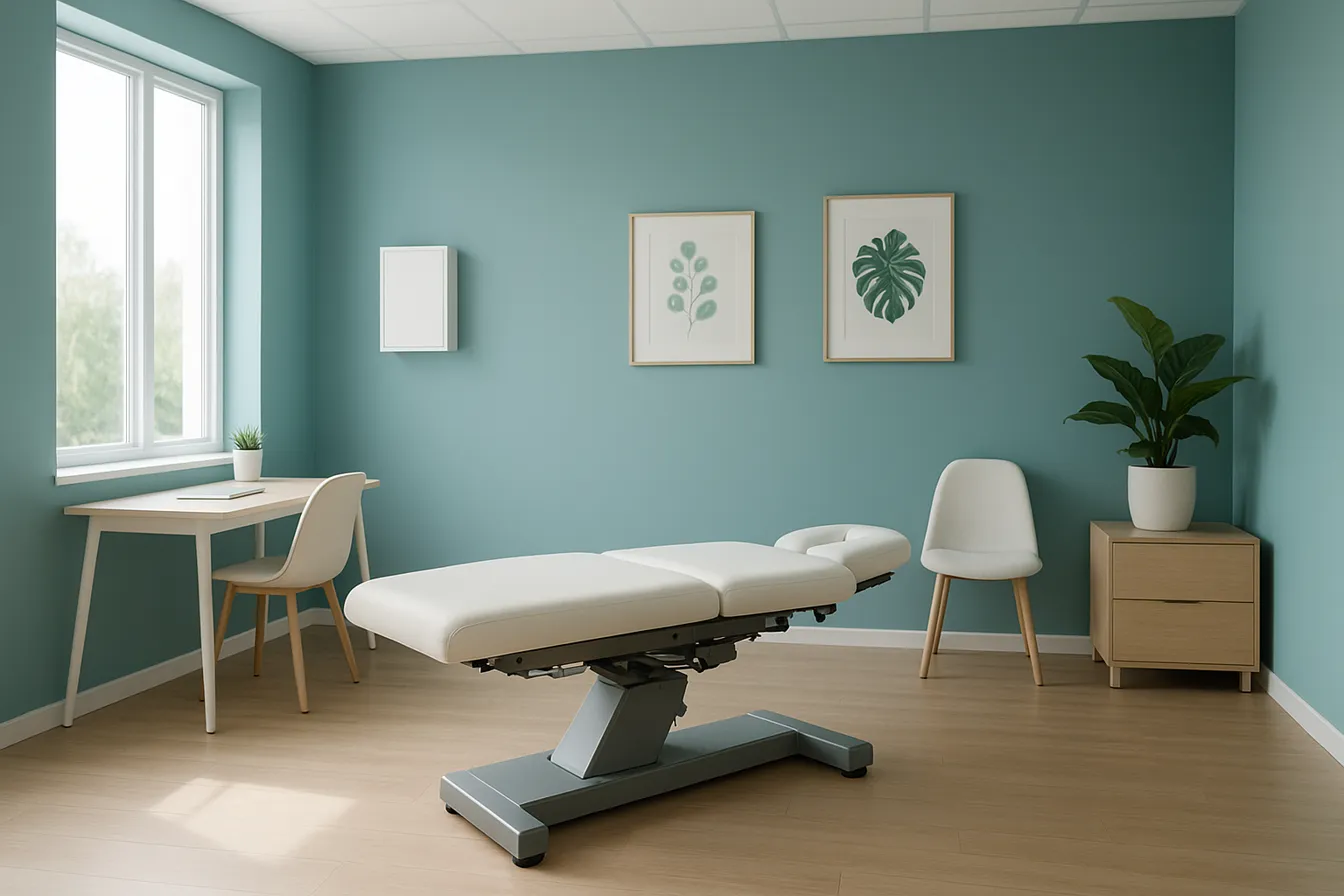
Top Questions to Ask Your Chiropractor During Your Initial Visit
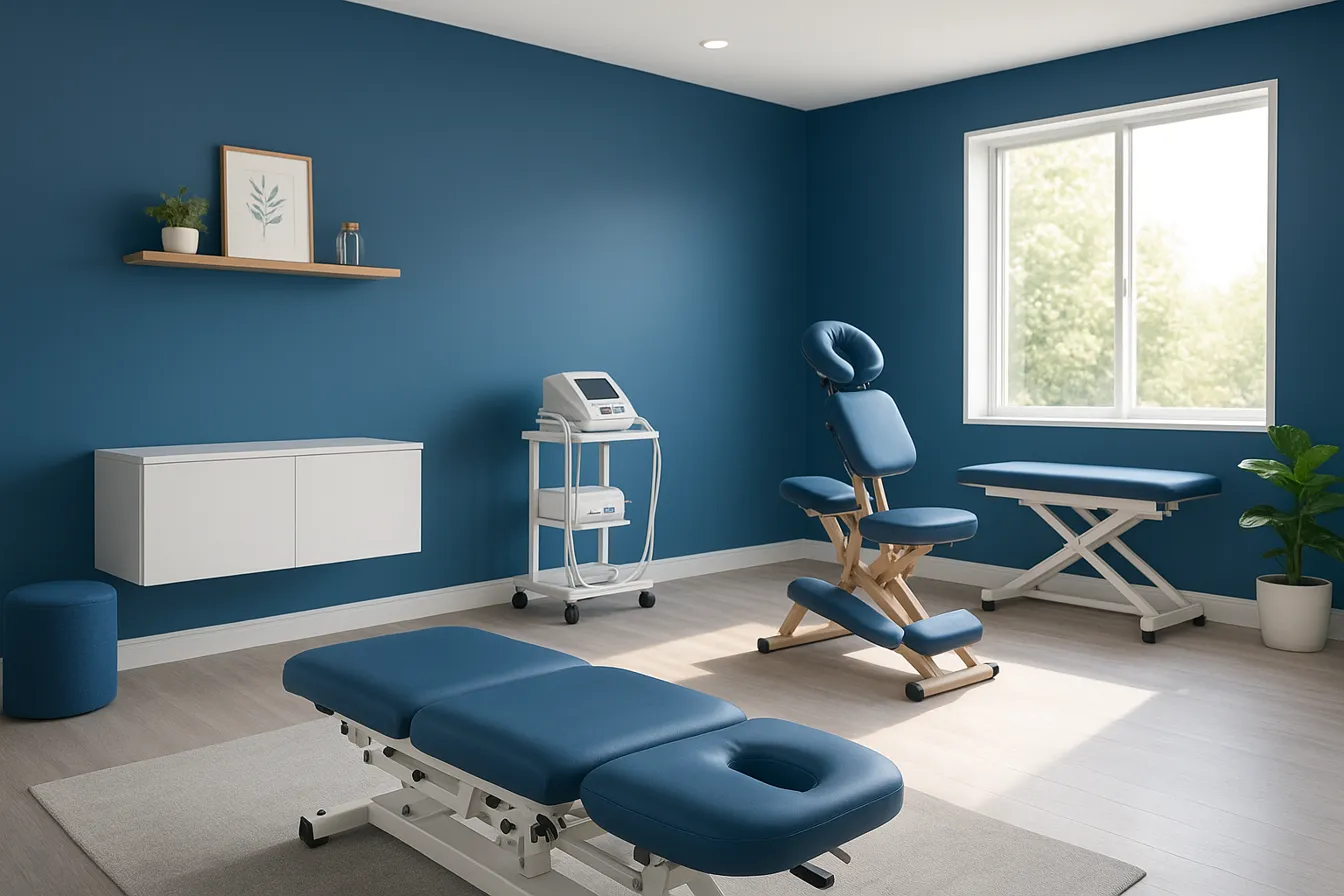
Physiotherapy's Role in Supporting Chiropractic Treatment Plans

The Role of Diet and Nutrition in Enhancing Wellness and Chiropractic Care

Inspiring Patient Testimonials Highlighting Chiropractic Success
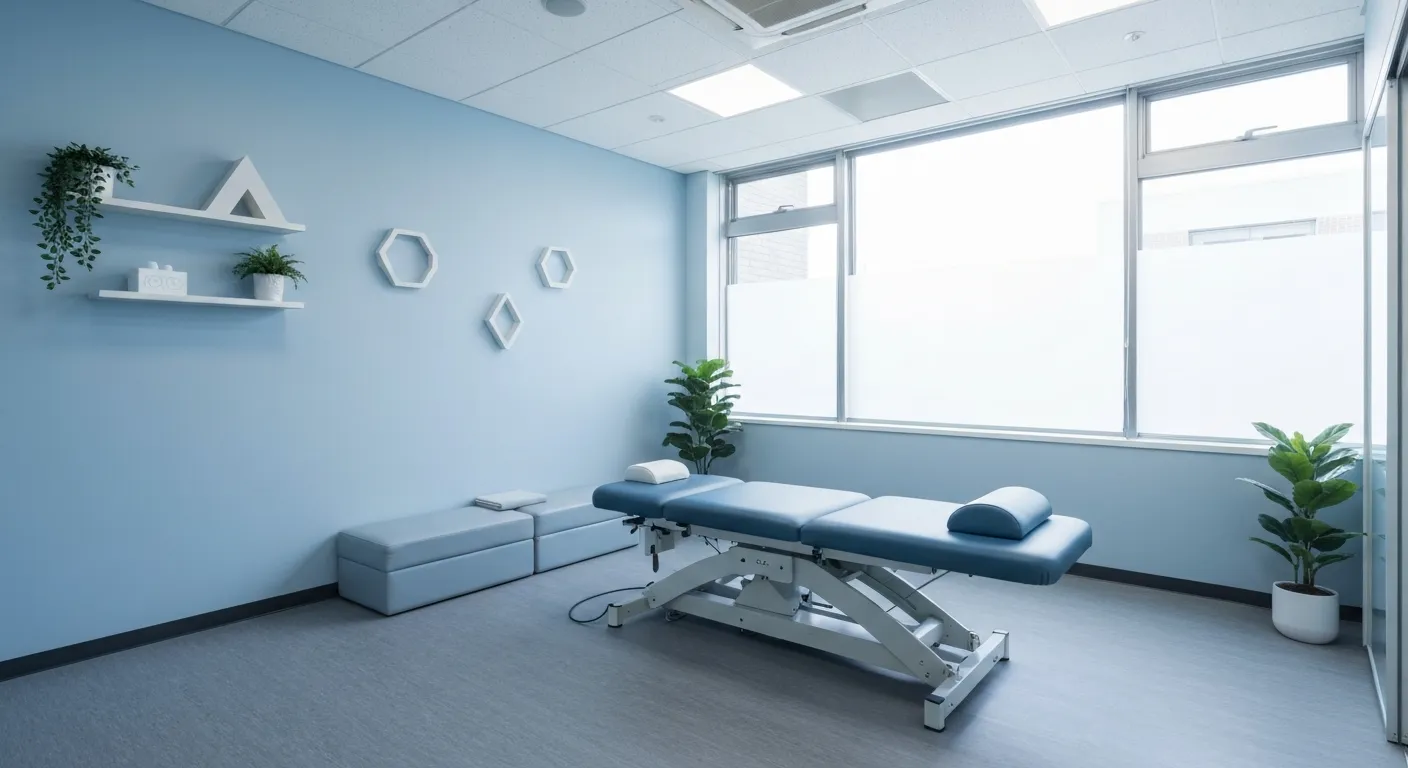
Chiropractic Care: A Natural Solution for Back Pain Relief

Amazing Patient Success Stories in Chiropractic Wellness

Combining Physiotherapy and Chiropractic for Optimal Healing
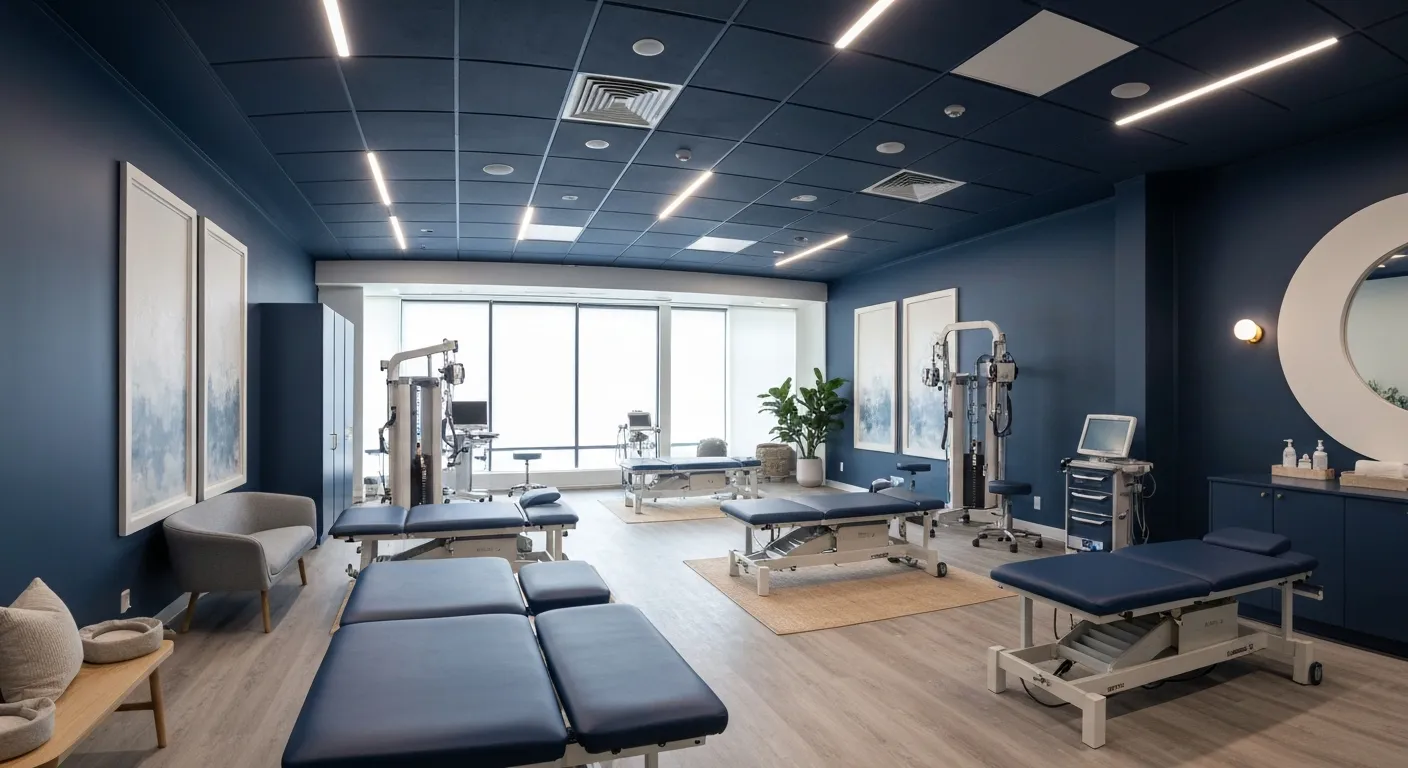
Spinal Decompression Therapy: A Breakthrough for Sciatica Sufferers

5 Holistic Treatments That Complement Chiropractic Care

How Physiotherapy Supports and Enhances Chiropractic Treatment

Root Cause Versus Symptom Treatment: Making the Right Choice

7 Essential Things to Know Before Choosing Your Chiropractor

Why Addressing Root Causes of Pain Matters More Than Just Symptoms
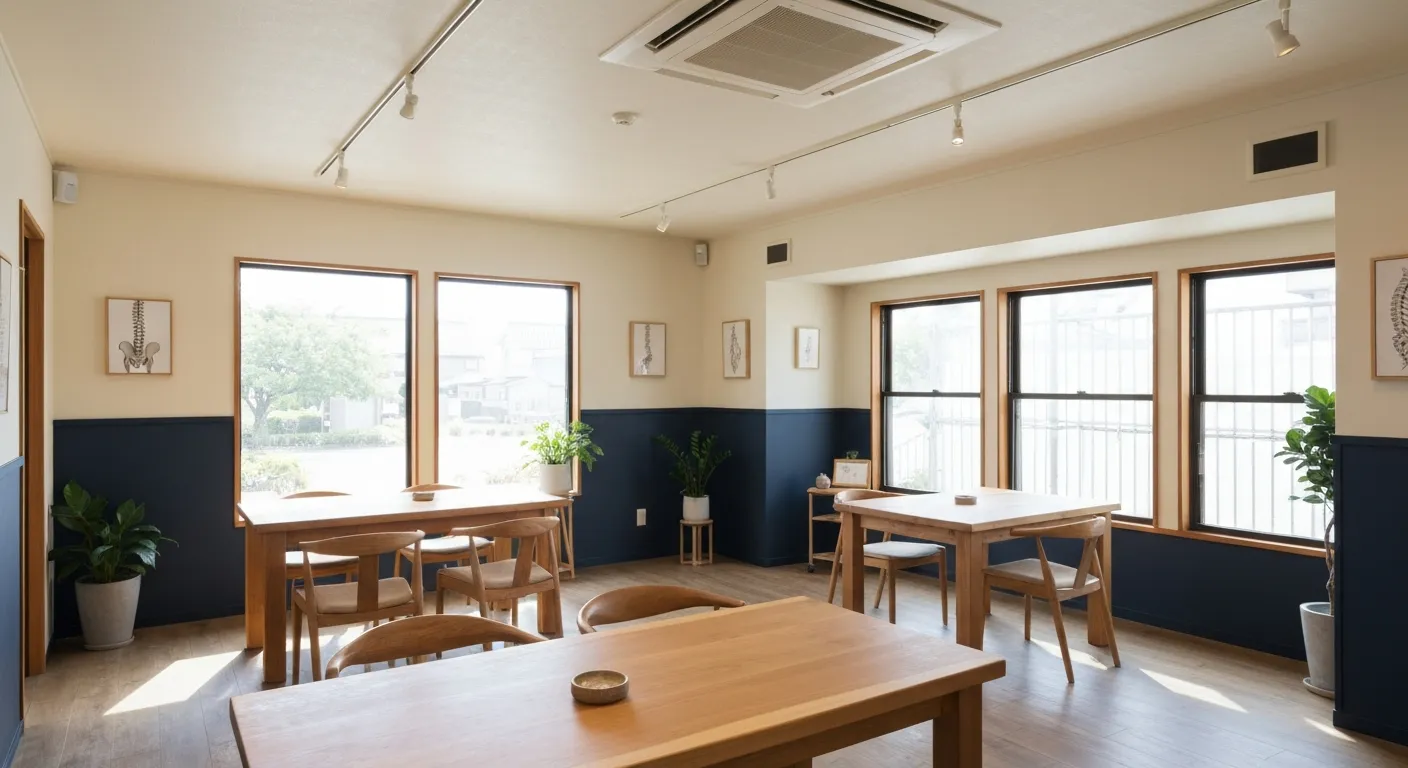
Nutritional Counseling Strategies to Boost Your Overall Wellness

How Spinal Decompression Therapy Alleviates Sciatic Nerve Pain
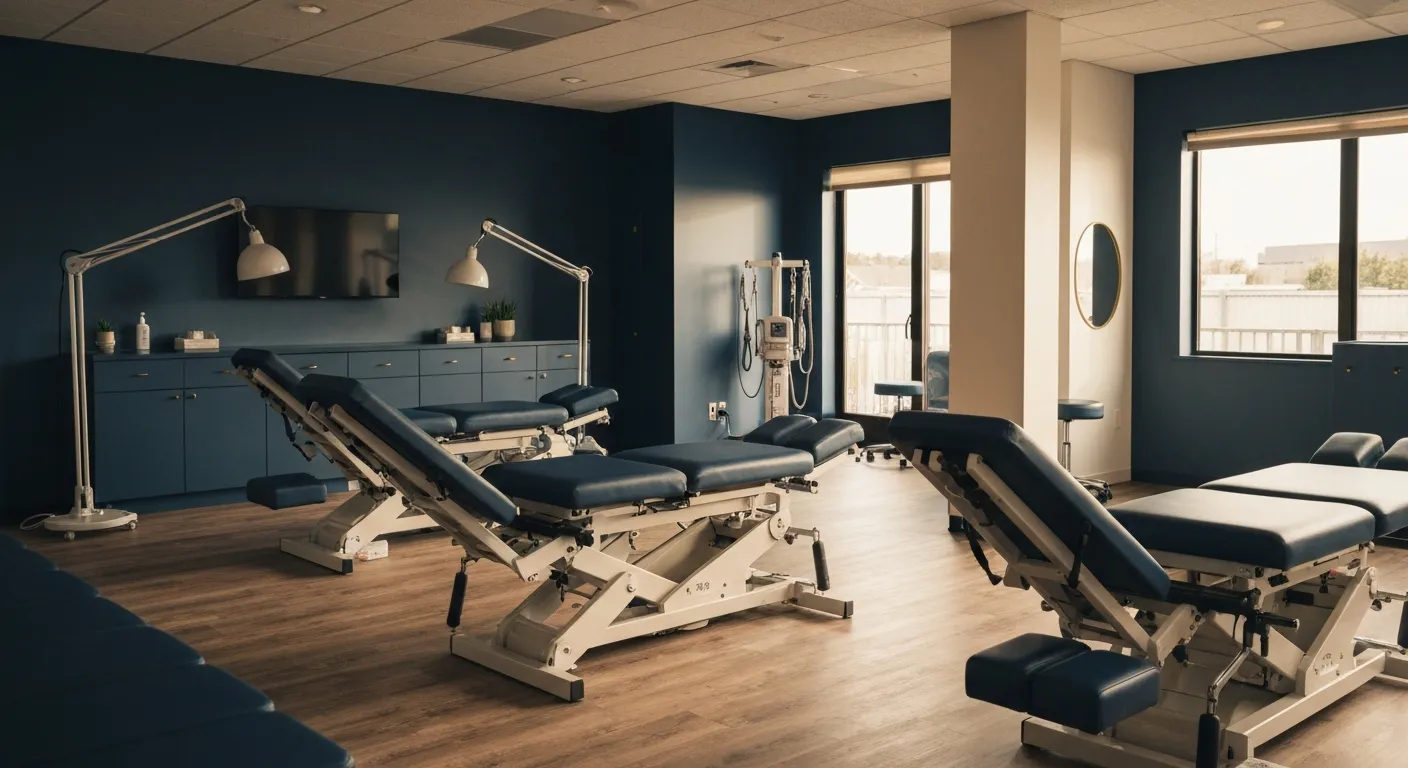
Long-Term Pain Relief Through Targeted Corrective Exercises

10 Benefits of Integrating Physiotherapy with Chiropractic Treatments

Corrective Exercises That Help Prevent Recurring Pain

8 Corrective Exercises Proven for Lasting Pain Relief

Lifestyle Habits for Maintaining a Healthy Spine

What You Will Experience at Your Initial Chiropractic Visit

What Happens at Your First Visit to a Chiropractor?
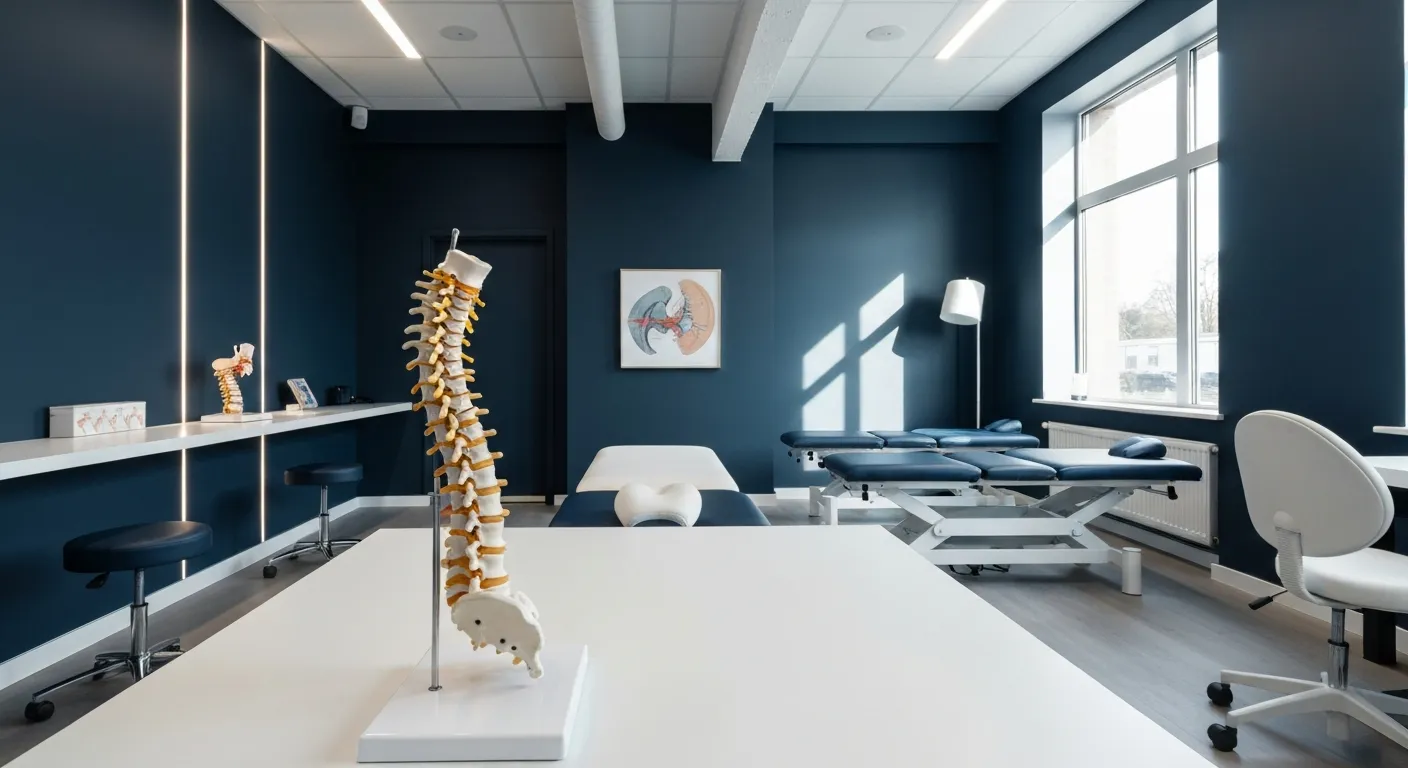
Focusing on Root Cause Analysis for Effective Pain Relief
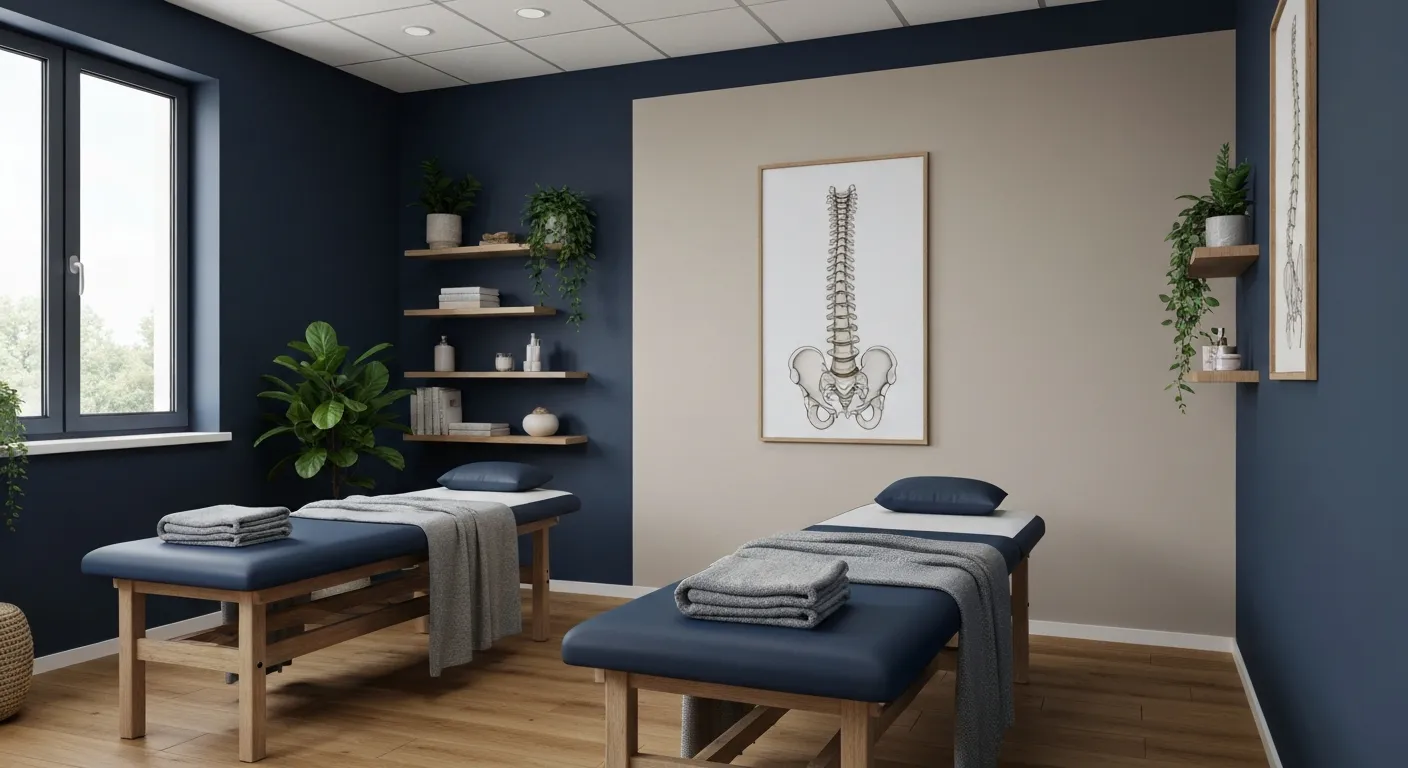
Tips for Lifestyle Changes to Support Spinal Health

Tips for Lifestyle Changes to Support Spinal Health

Holistic Treatment Plans: Alternatives to Surgery for Chronic Pain

Enhance Wellness Through Personalized Nutritional Counseling

Non-Invasive Pain Relief: Exploring Holistic Treatment Alternatives

Sciatica Relief Through Targeted Spinal Decompression

Integrating Physiotherapy with Chiropractic Treatments for Better Results

Testimonials That Demonstrate the Benefits of Chiropractic Care
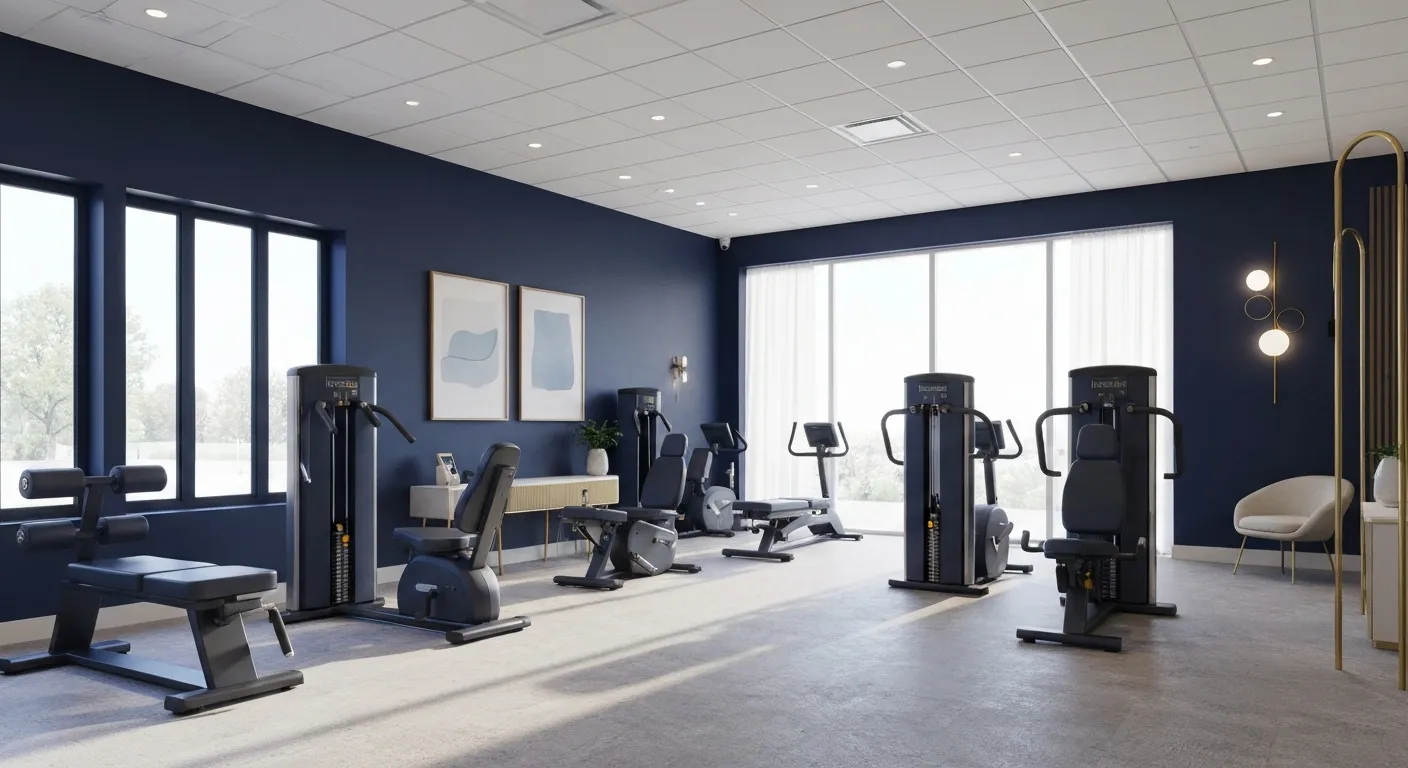
The Power of Corrective Exercises in Pain Management
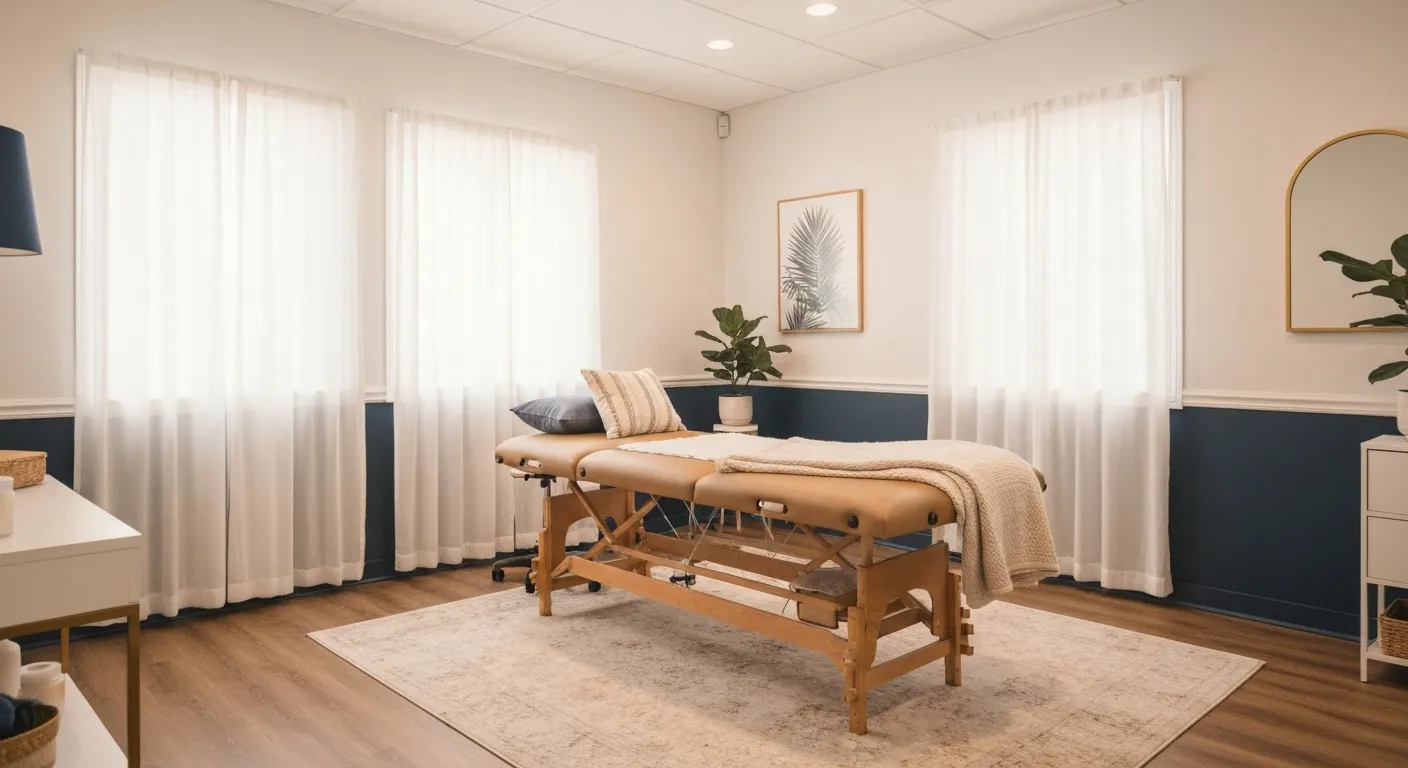
A Step-by-Step Guide to Your Initial Chiropractic Consultation

9 Nutritional Tips to Enhance Your Chiropractic Wellness Journey

Patient Experiences: How Chiropractic Care Changed Their Lives

Lifestyle Recommendations to Keep Your Spine in Top Shape

Effective Corrective Exercises for Long-Term Pain Relief

Back Pain Benefits: What Chiropractic Care Can Do for You

Spinal Decompression Techniques for Effective Sciatica Relief

Top Nutritional Counseling Tips for Enhanced Wellness

6 Lifestyle Habits That Boost Spine Health Daily
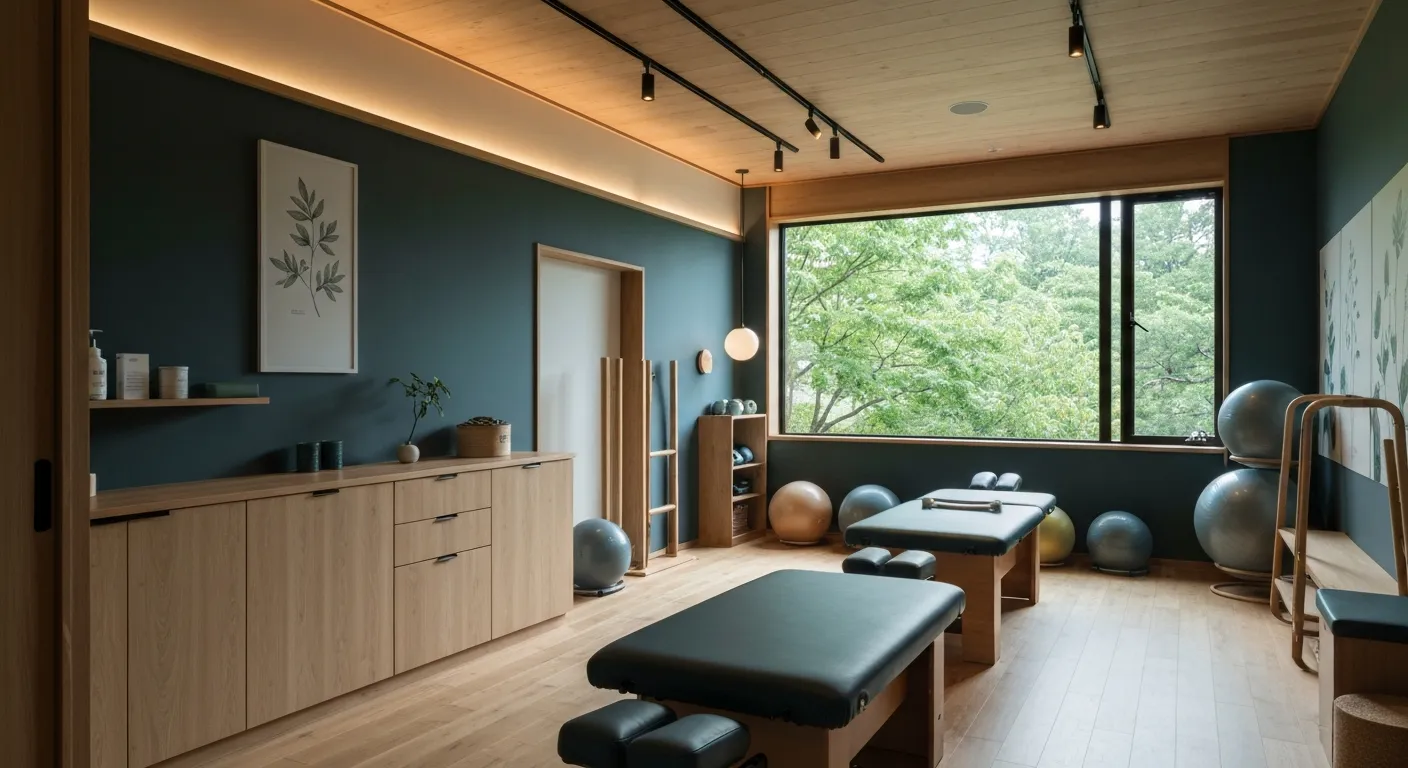
Discover Holistic and Non-Surgical Pain Relief Solutions

Exploring Holistic and Non-Surgical Treatment Options for Pain
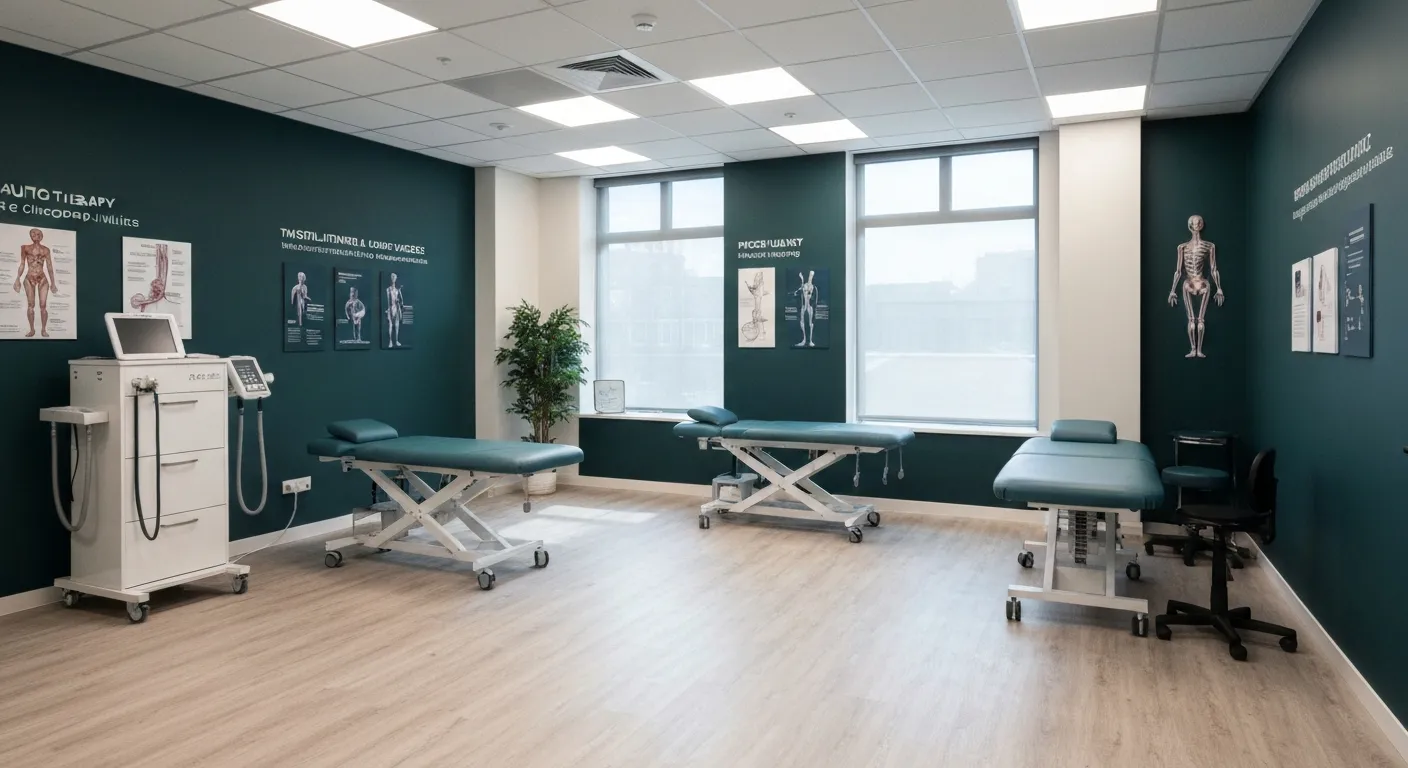
The Role of Physiotherapy in Enhancing Chiropractic Care Outcomes

Complementing Chiropractic Care with Physiotherapy: What You Need to Know
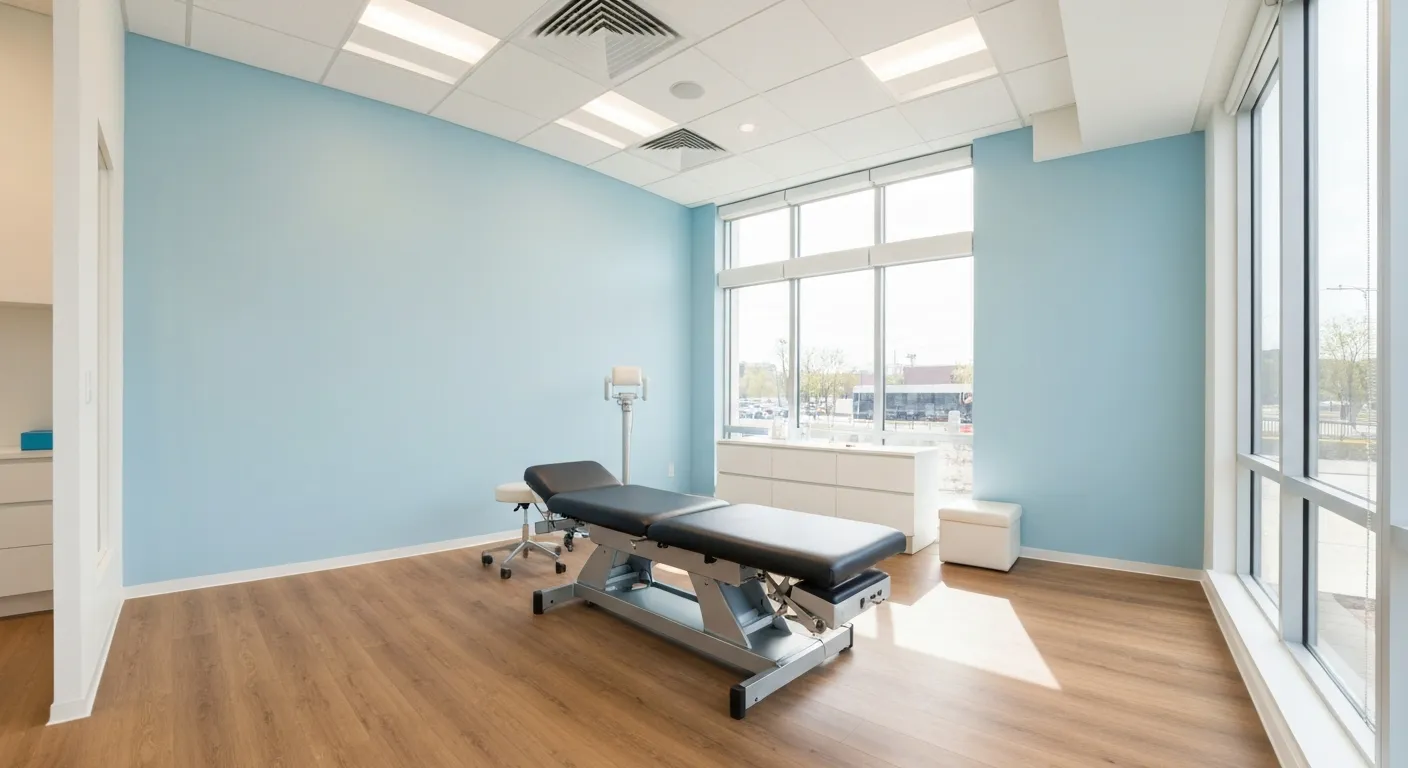
What to Expect During Your First Chiropractic Visit
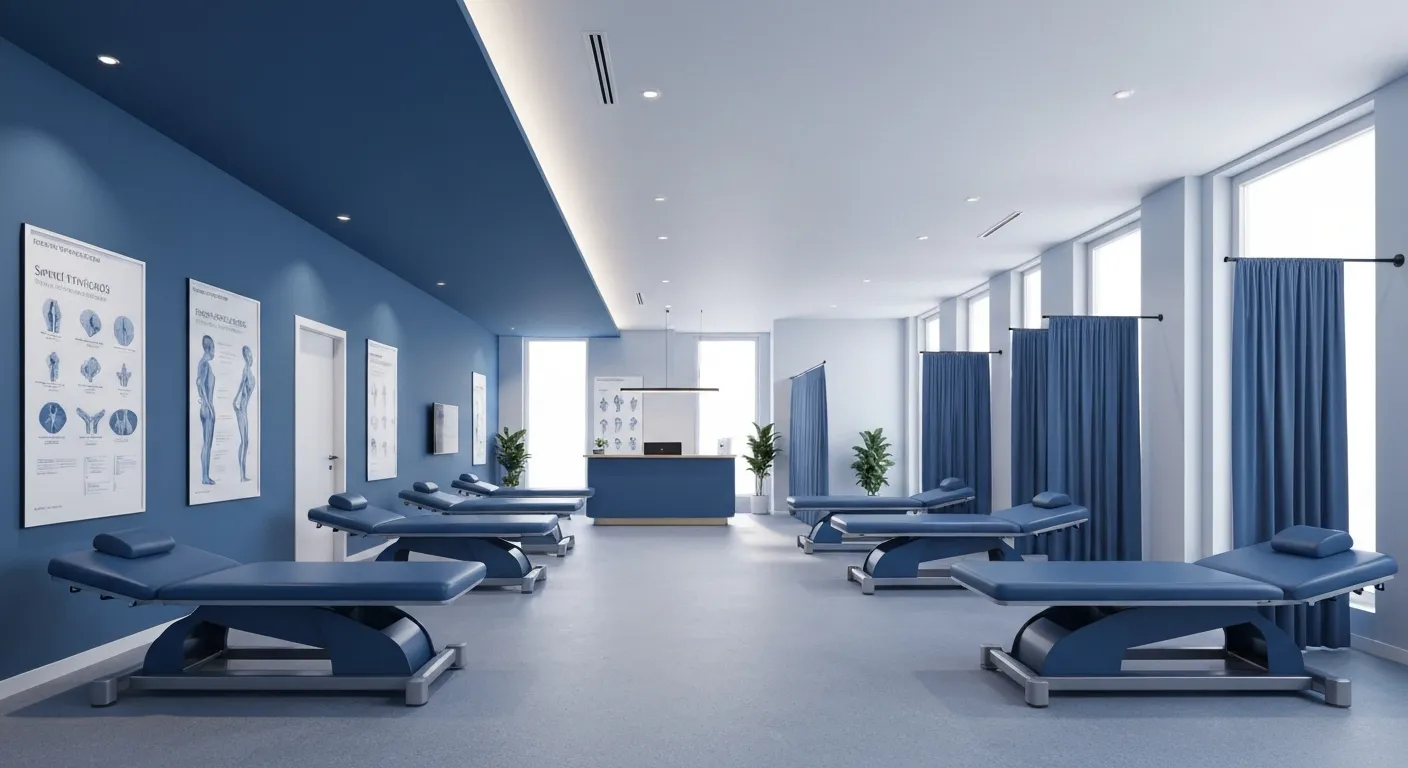
Simple Lifestyle Adjustments to Maintain a Healthy Spine

Personalized Nutritional Counseling for Improved Health Outcomes

Exploring Non-Surgical Treatments for Spine-Related Conditions
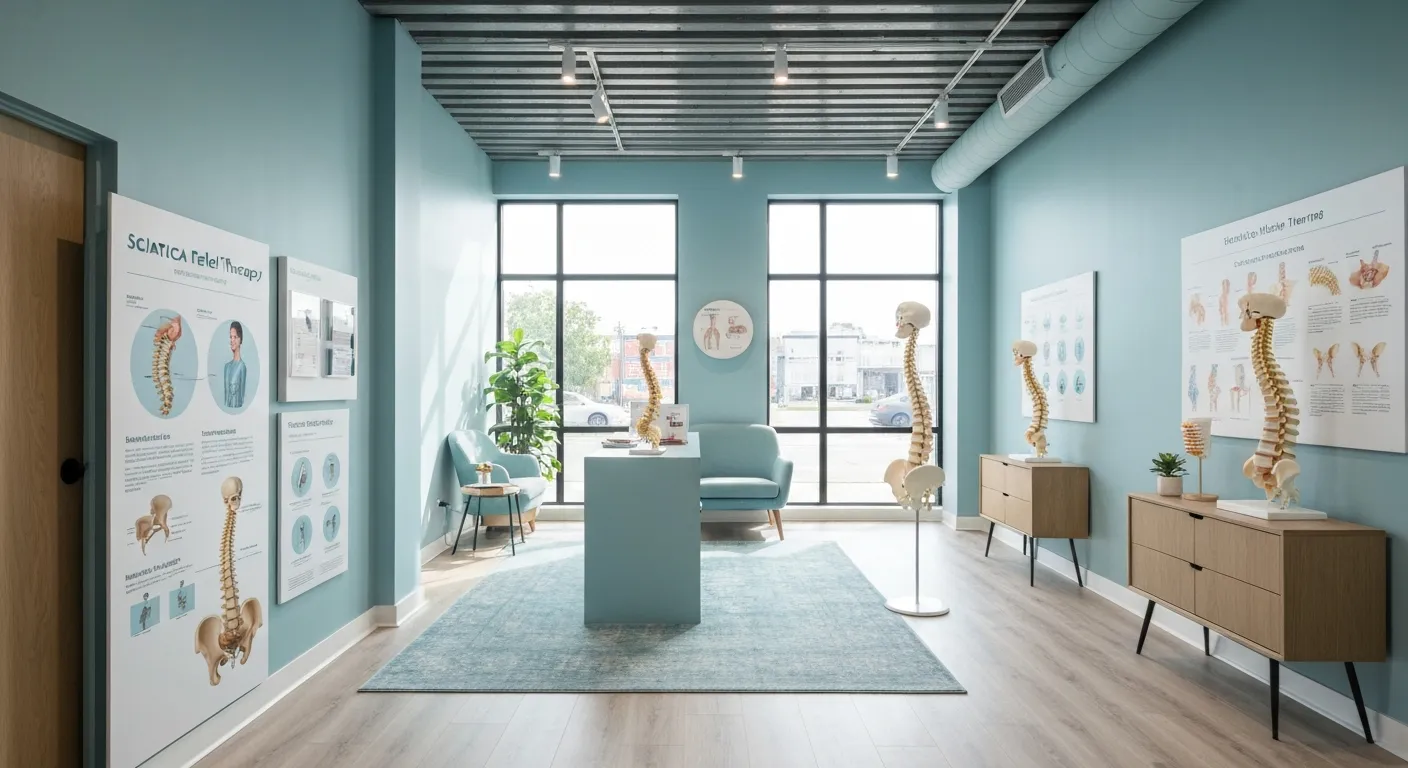
An Introduction to Spinal Decompression for Sciatica Patients
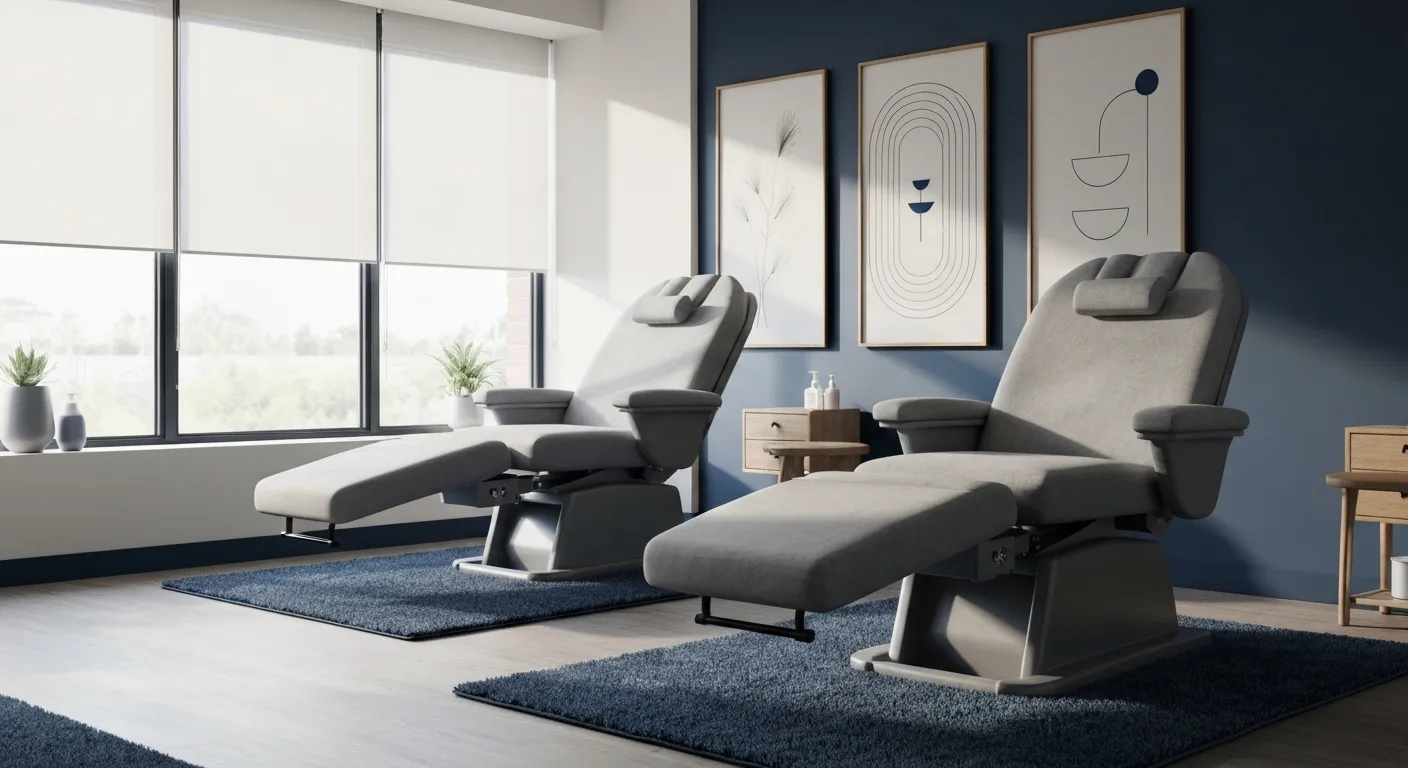
Transformative Success Stories: Patient Experiences with Chiropractic Treatments
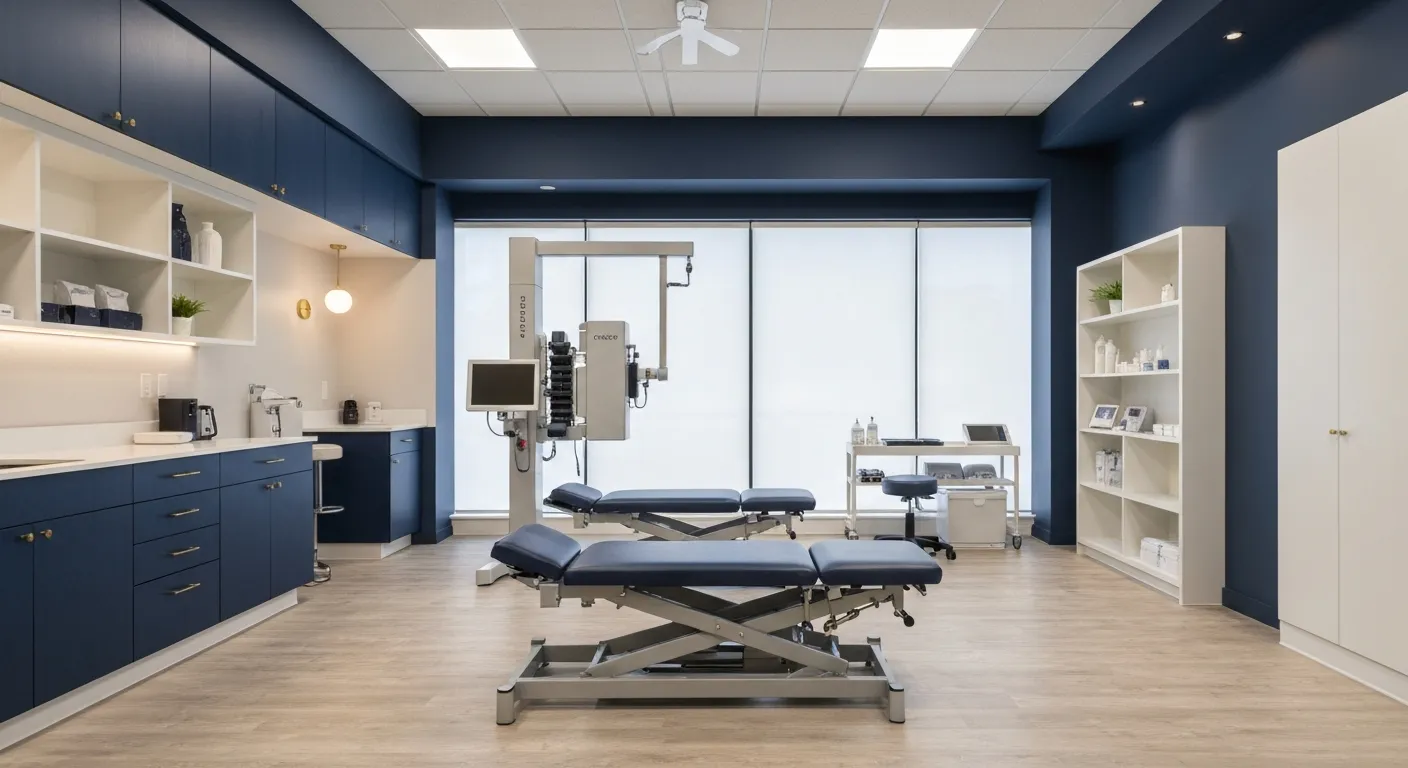
Why Chiropractic Care Is Essential for Back Pain Relief

Addressing Underlying Causes Versus Symptom Management in Pain Care

The Role of Nutrition in Enhancing Chiropractic Treatment Effectiveness

Sciatica Treatment Options: Is Spinal Decompression Right for You?

Lifestyle Tips to Maintain a Healthy Spine and Prevent Back Issues

The Synergy Between Physiotherapy and Chiropractic Treatments
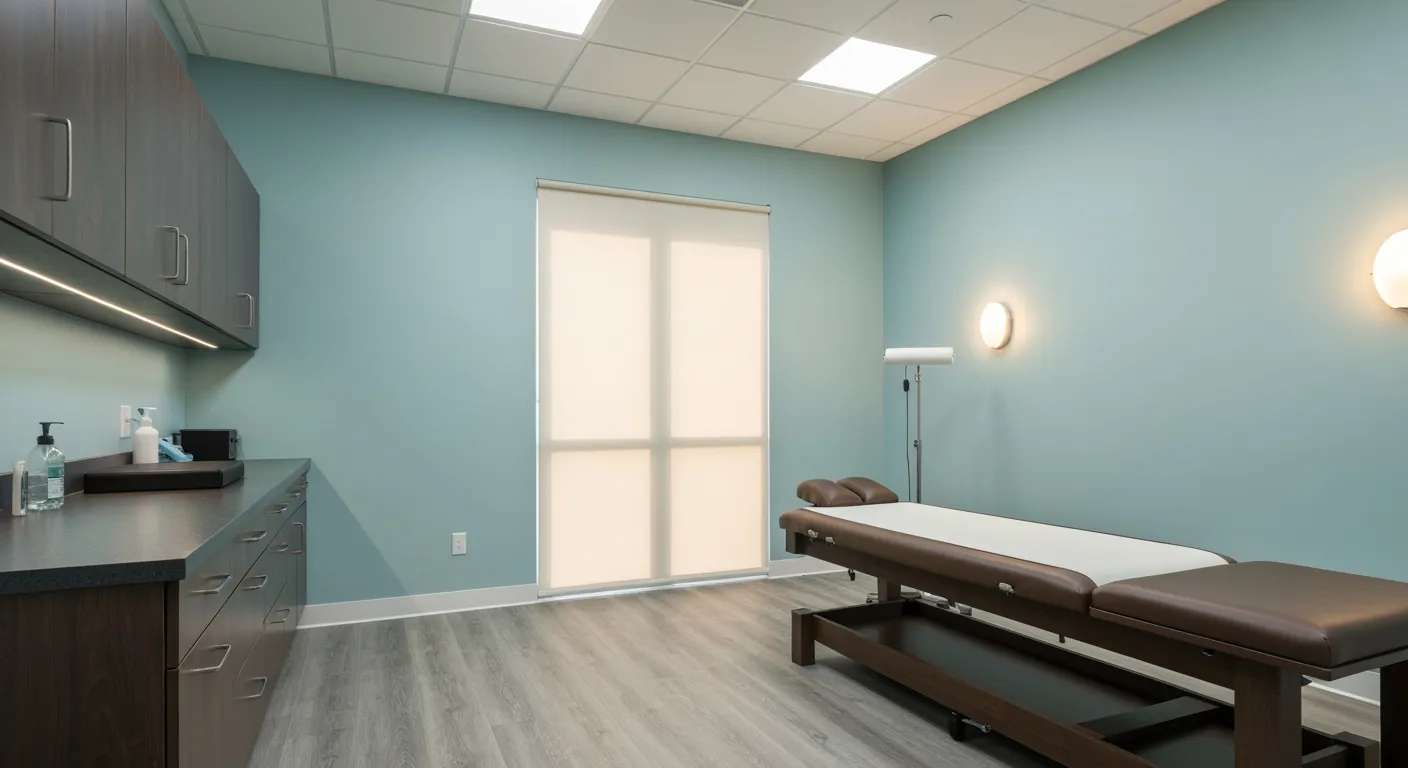
What Happens During Your Initial Chiropractic Consultation
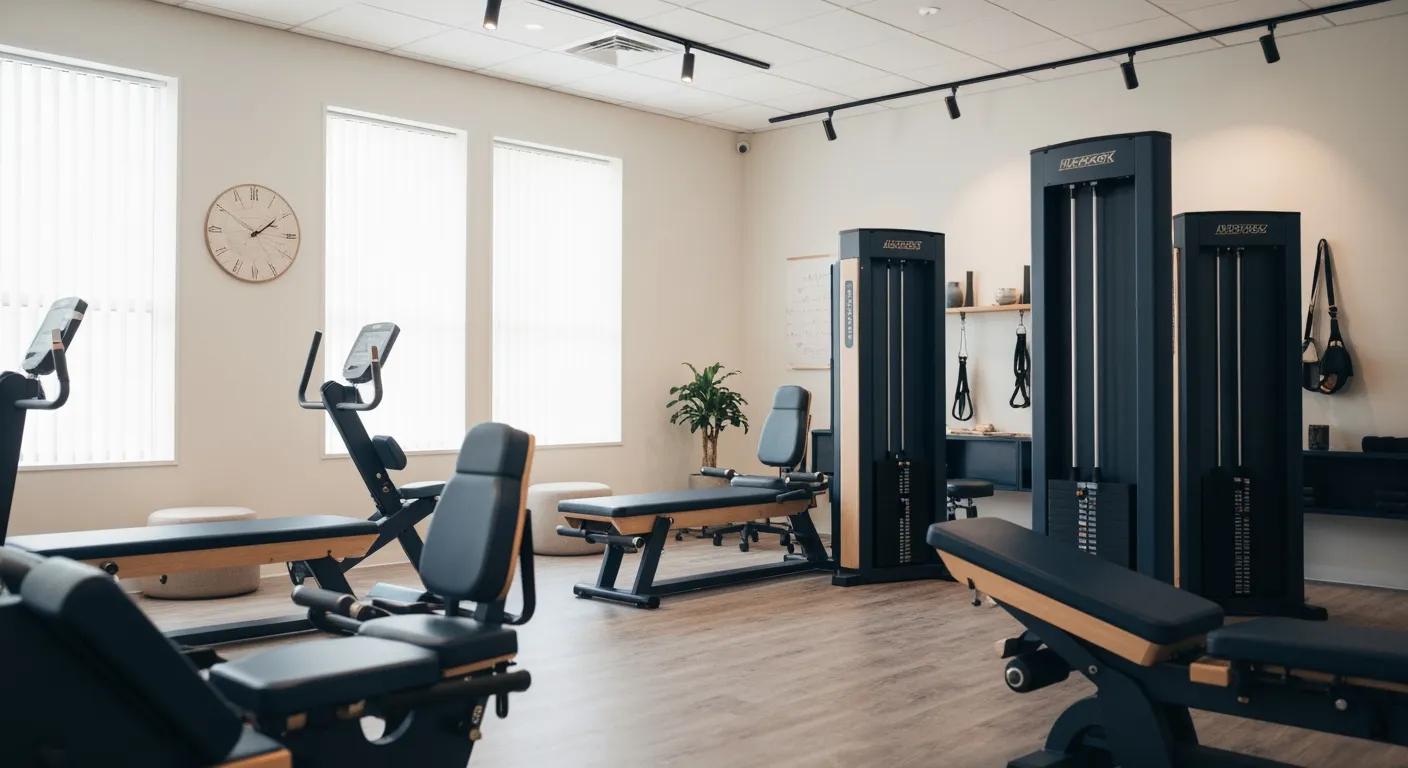
Effective Corrective Exercises for Sustainable Pain Management
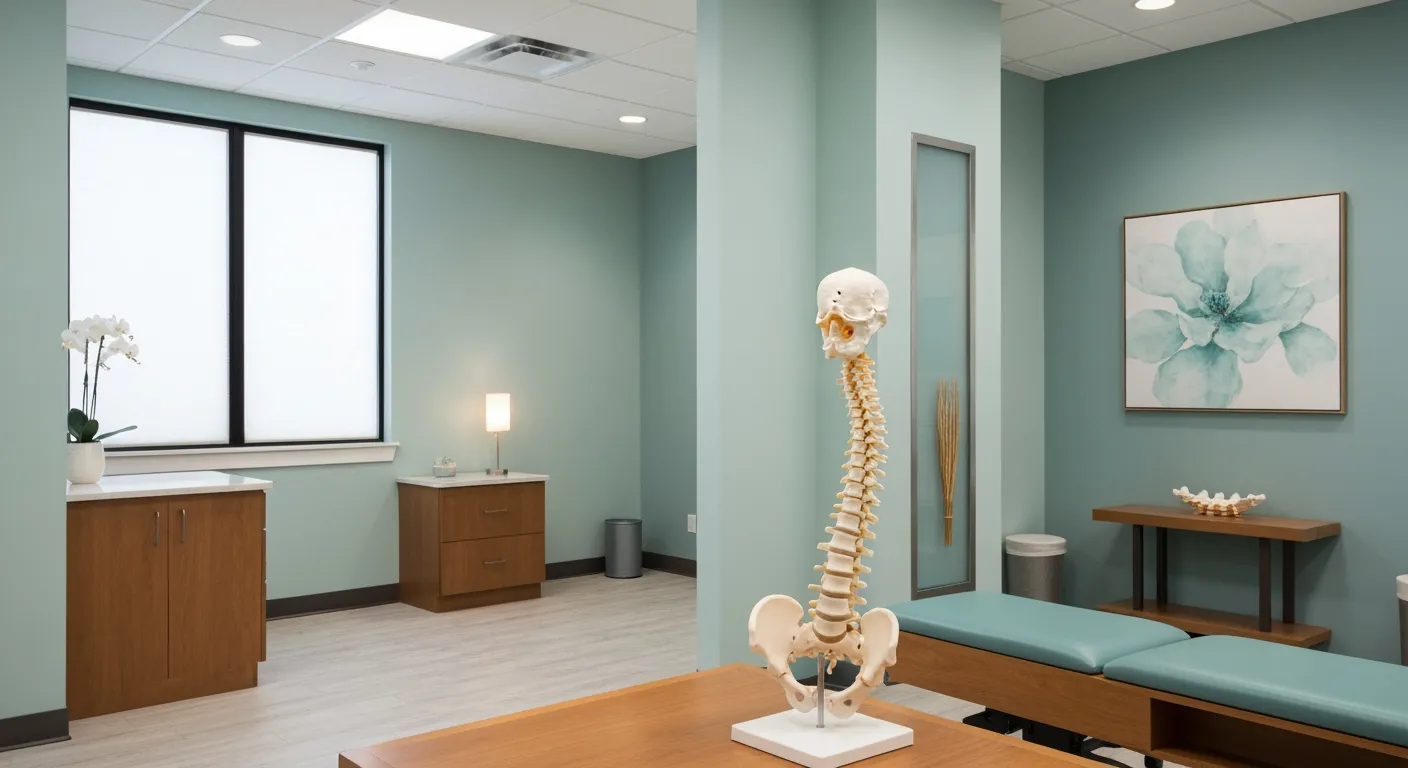
Taking a Root Cause Approach to Chronic Pain Management

Holistic Pain Management Techniques Without Surgery

How Patient Success Stories Validate Chiropractic Care Benefits

Spinal Decompression: Innovative Treatment for Sciatic Nerve Pain
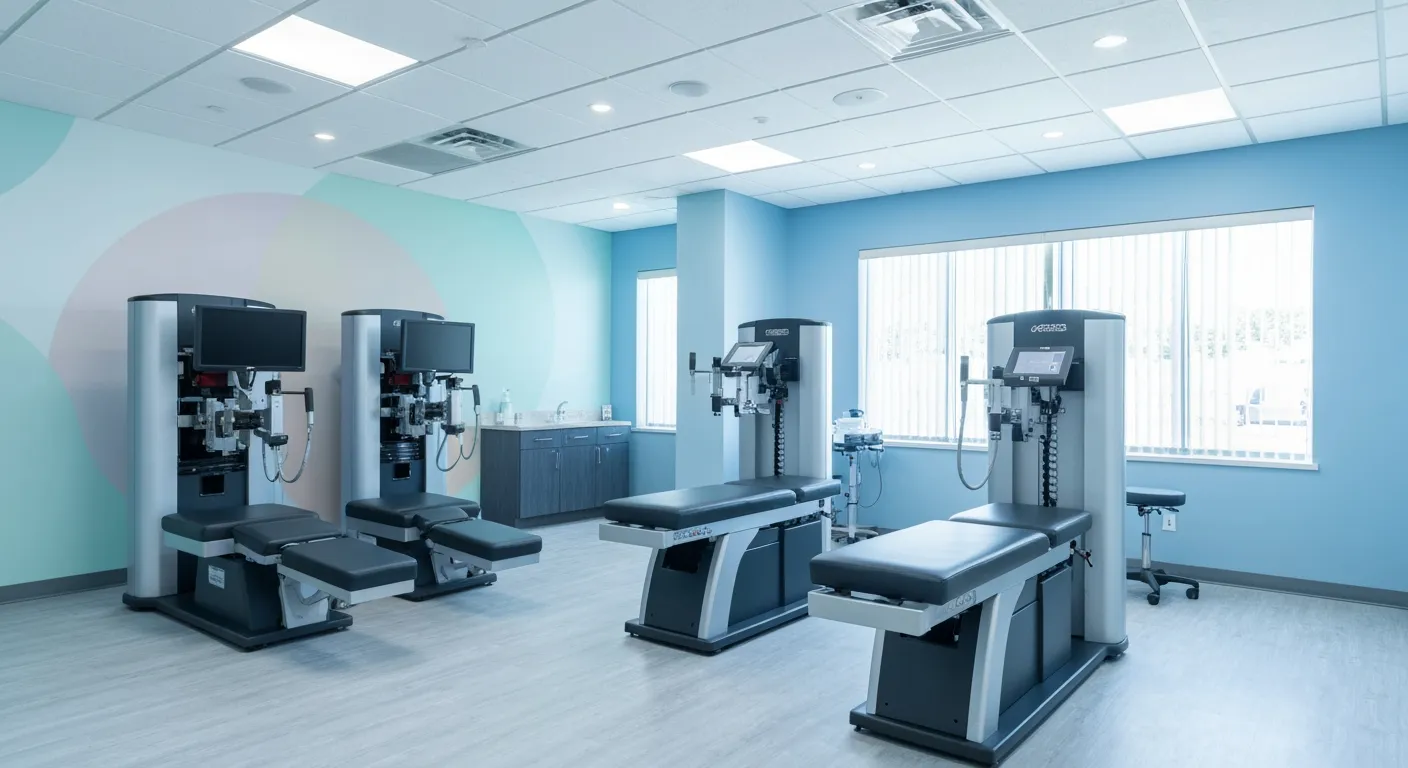
Spinal Decompression Therapy: A Non-Invasive Approach to Sciatica Relief

Exploring Holistic Approaches Beyond Surgery for Pain Relief

Practical Lifestyle Advice to Support a Healthy Spine Every Day
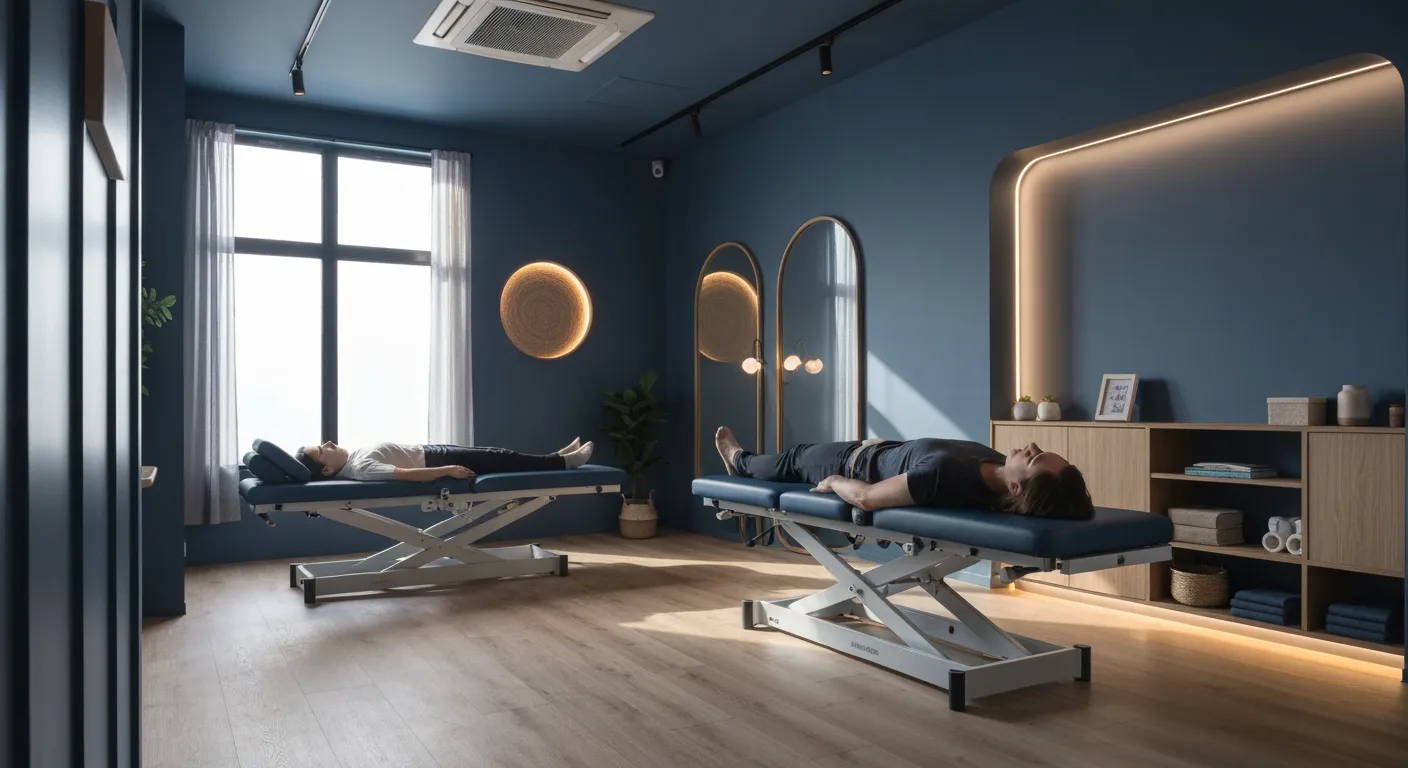
Corrective Exercise Routines Designed for Long-Term Pain Prevention
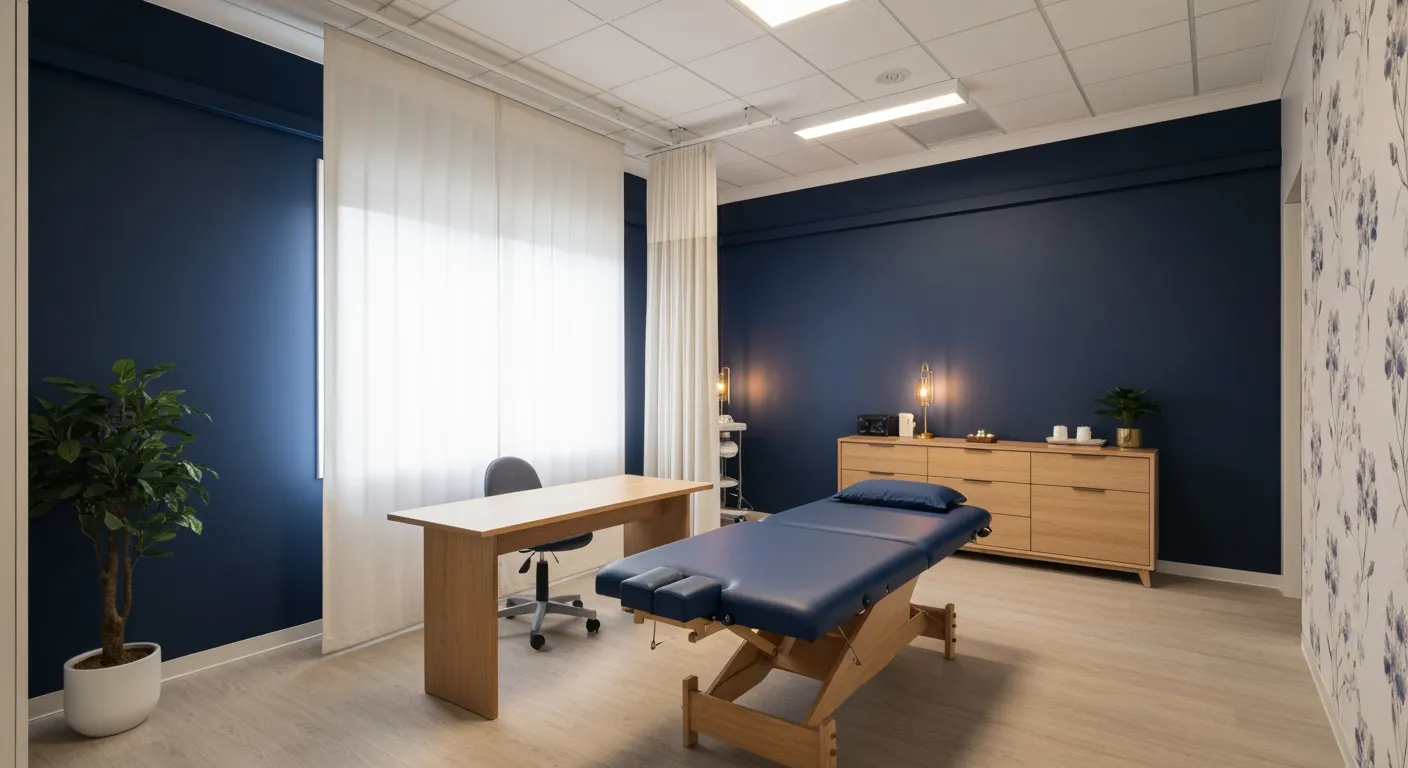
Real Patient Stories: Overcoming Chronic Pain with Chiropractic Care
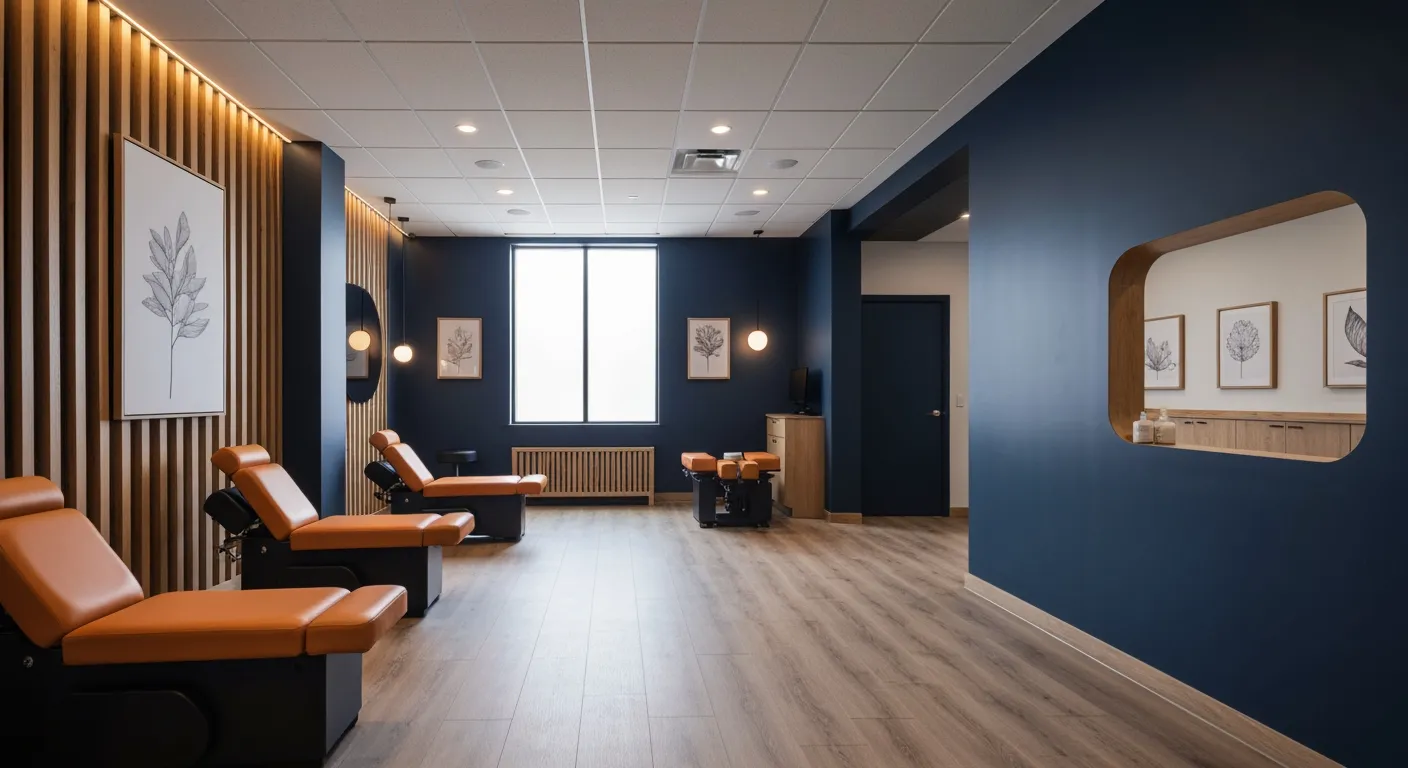
Lifestyle Changes That Promote a Healthy Spine and Prevent Injury
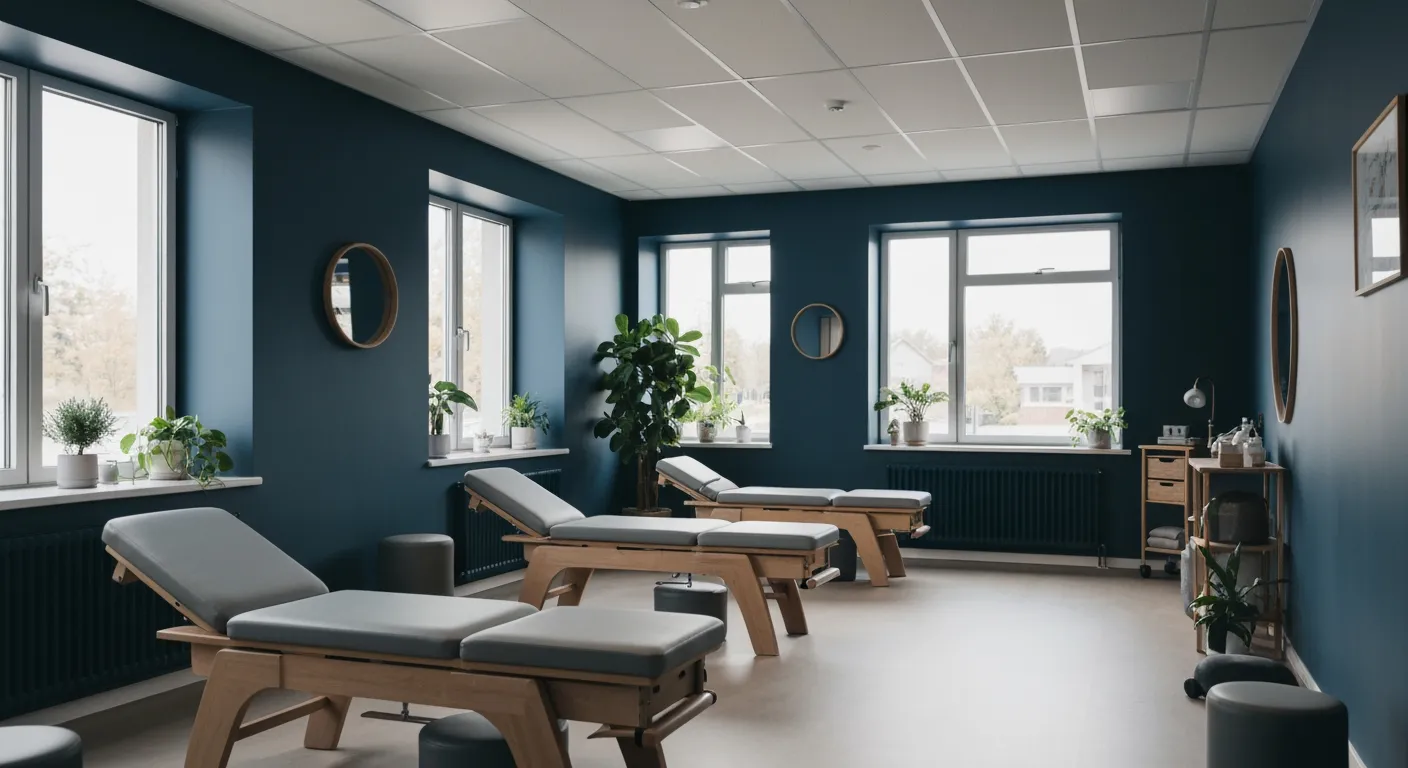
How Addressing the Root Cause of Pain Leads to Lasting Relief

Non-Surgical Holistic Therapies to Manage Chronic Pain Effectively

Nutritional Counseling's Impact on Physical Health and Healing
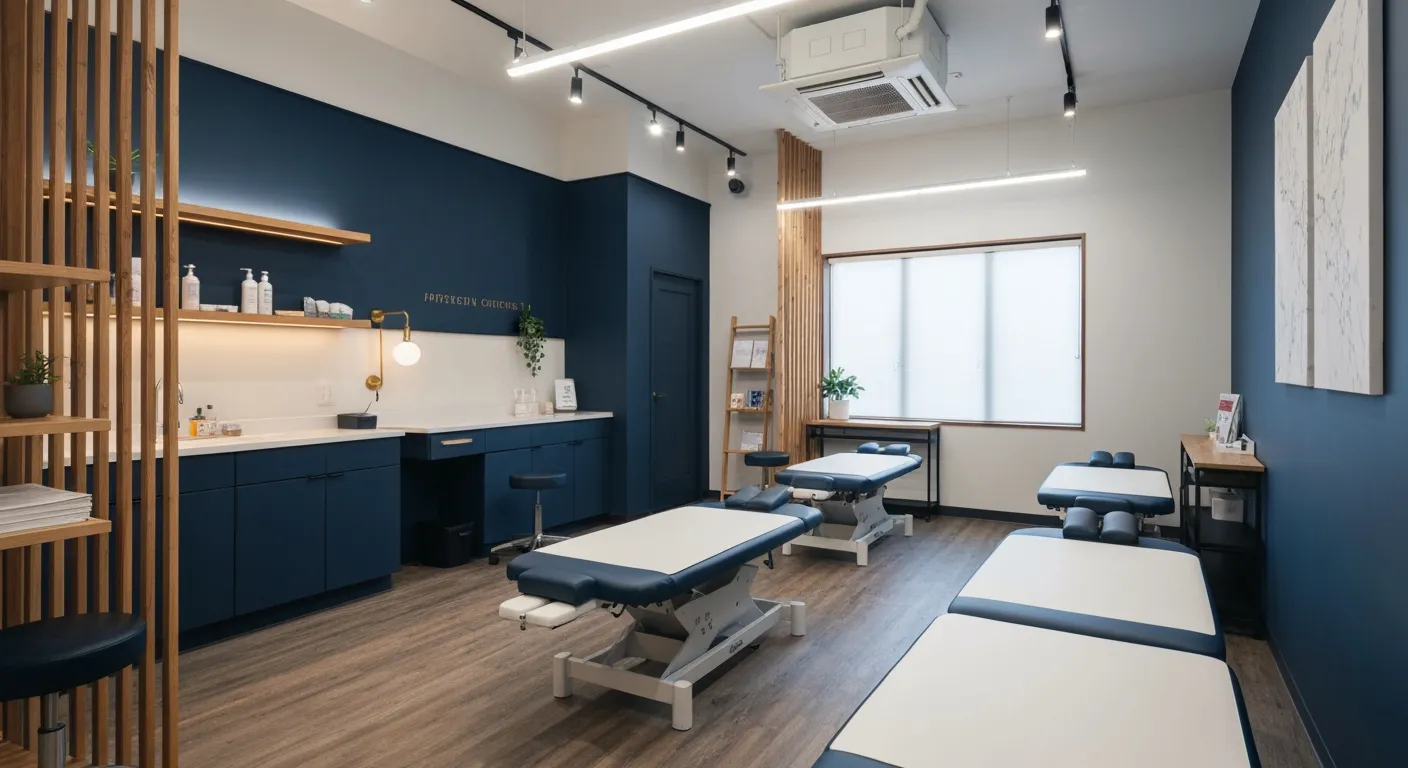
Benefits of Regular Chiropractic Care for a Stronger Back

Your First Chiropractic Visit: What to Expect and How to Prepare

Patient Experiences: How Chiropractic Care Transformed Their Lives
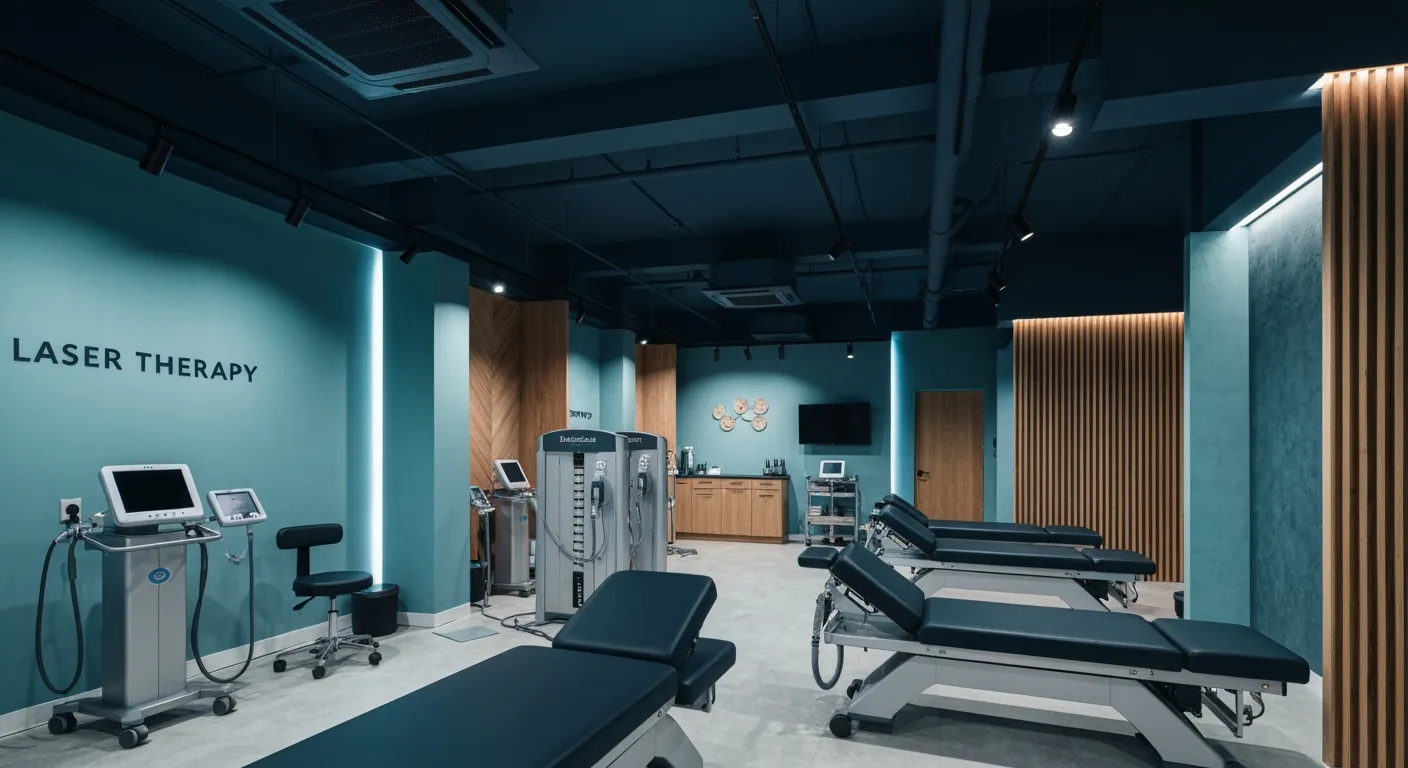
Exploring Holistic, Non-Surgical Options for Pain Management

Combining Physiotherapy with Chiropractic Treatments for Enhanced Recovery
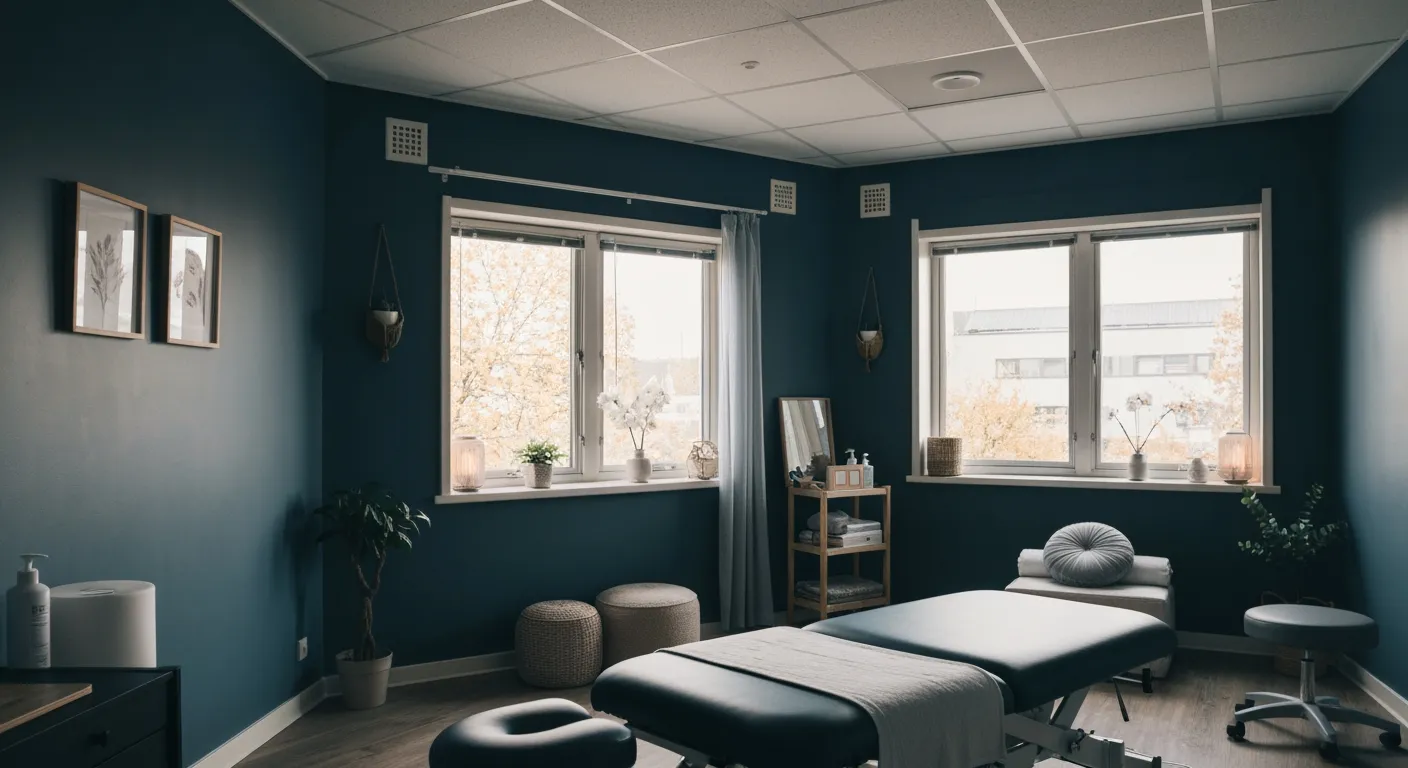
Holistic Treatments That Offer Alternatives to Surgery for Pain Relief

Corrective Exercise Strategies for Long-Term Spine Health
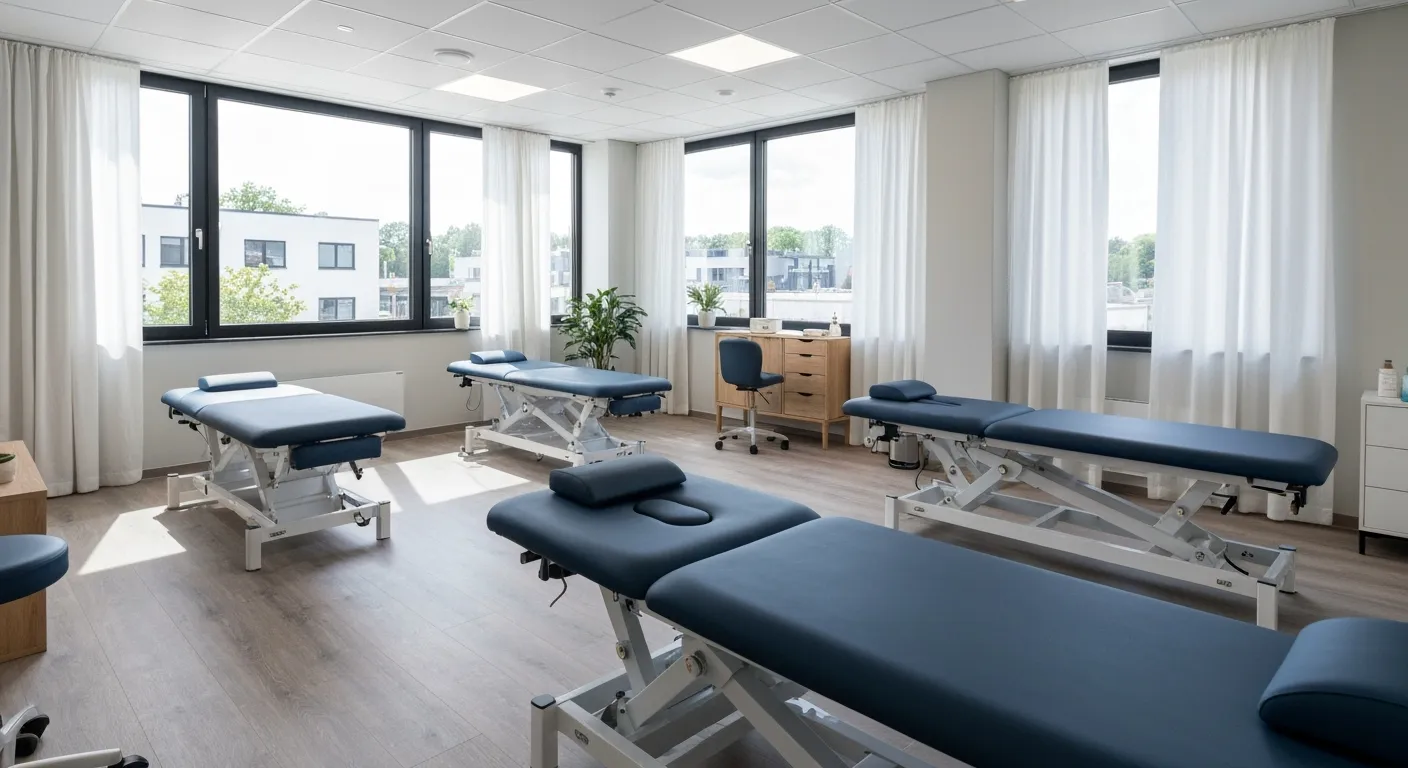
How Physiotherapy Complements Chiropractic Adjustments for Better Outcomes

First-Time Chiropractic Visitors: What You Should Know

Understanding the Importance of Treating Pain at Its Source

Adopting Lifestyle Changes to Support Your Spine's Wellness

Utilizing Physiotherapy to Enhance Chiropractic Treatment Outcomes

The Key Advantages of Chiropractic Care for Back Pain Sufferers

Why Focusing on Root Causes Improves Pain Treatment Success

Corrective Exercises That Promote Lasting Pain Relief and Mobility
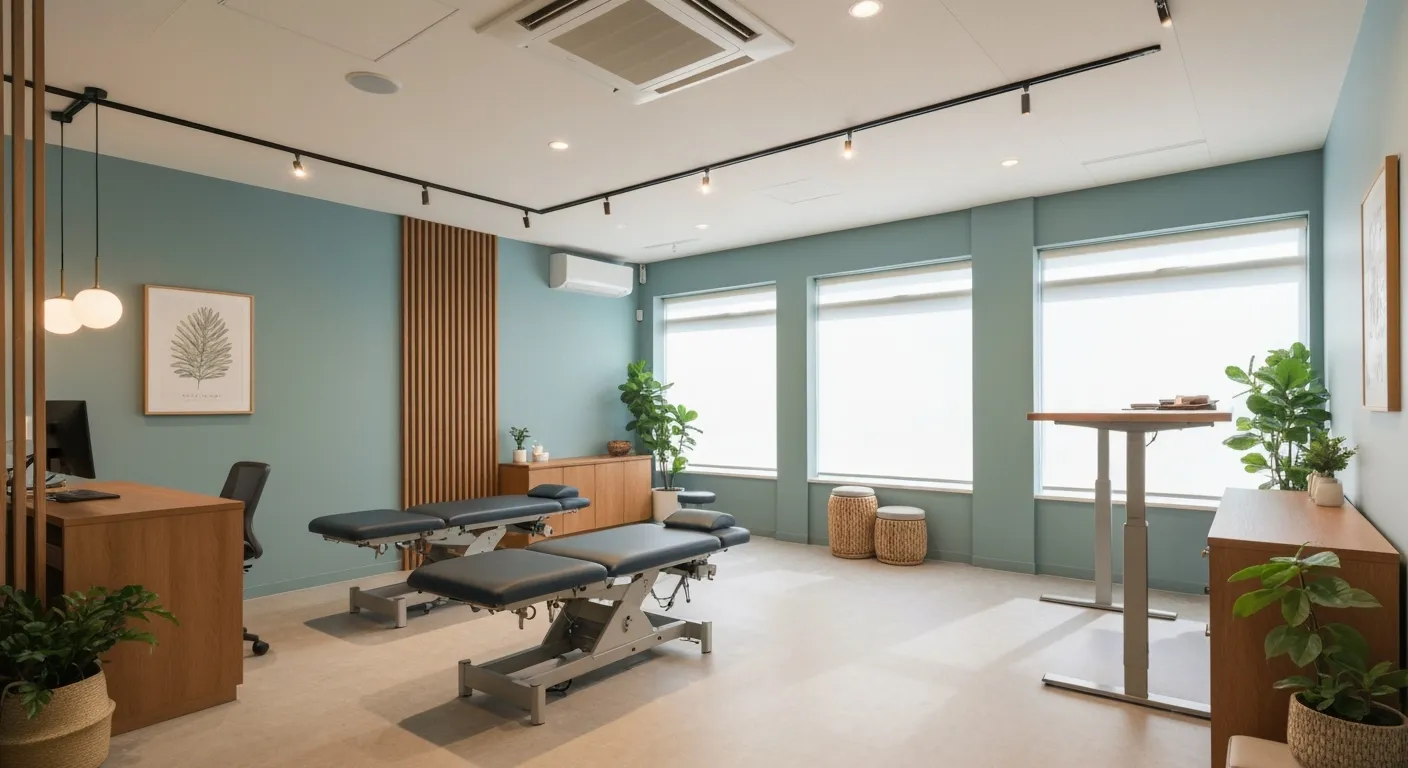
Sciatica Relief Through Targeted Spinal Decompression Techniques
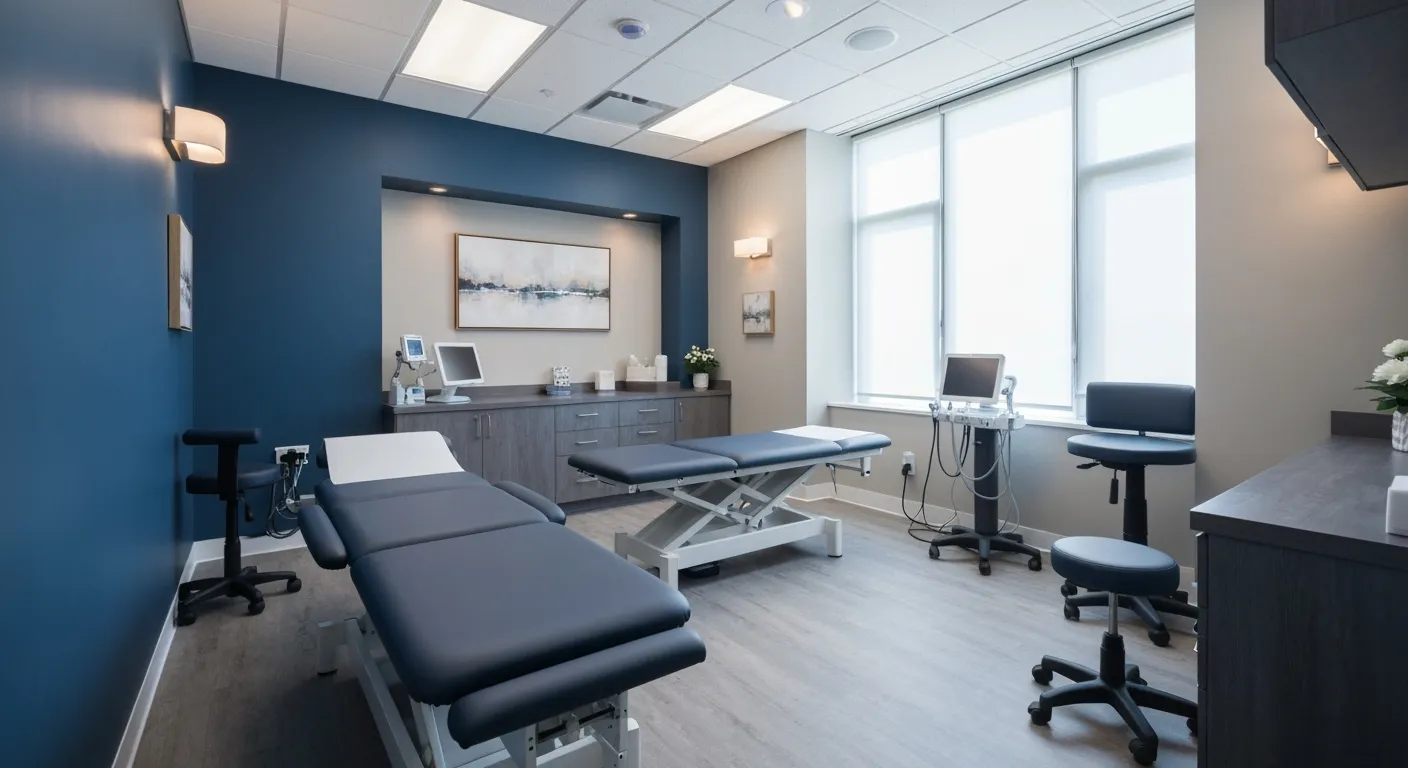
Preparing for Your First Chiropractic Appointment with Confidence

Healthy Lifestyle Habits for Maintaining Spinal Alignment

Success Stories Highlighting Chiropractic's Role in Pain Recovery

Top Benefits of Chiropractic Care for Chronic Back Pain
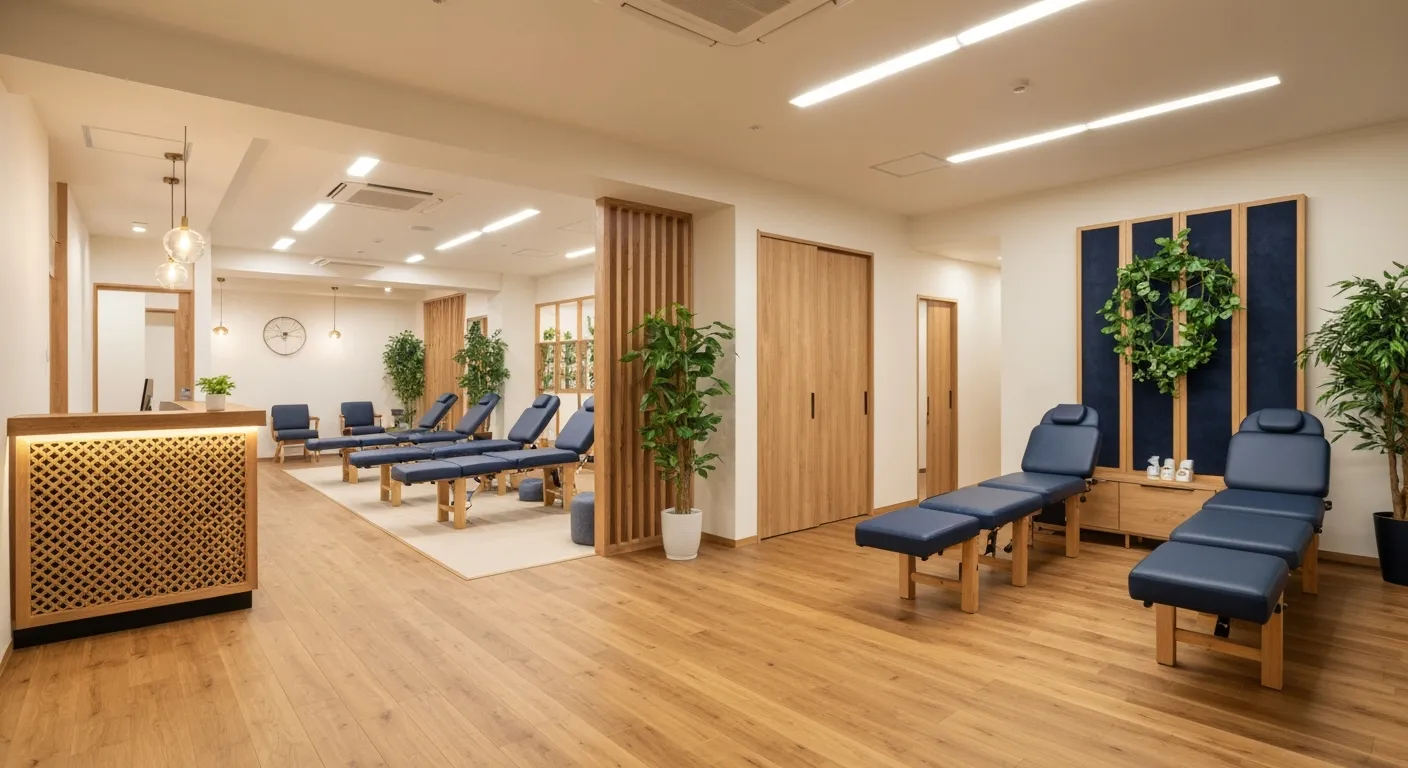
Nutrition Tips to Boost Your Overall Wellness and Recovery

How Chiropractic Care Alleviates Back Pain Naturally
